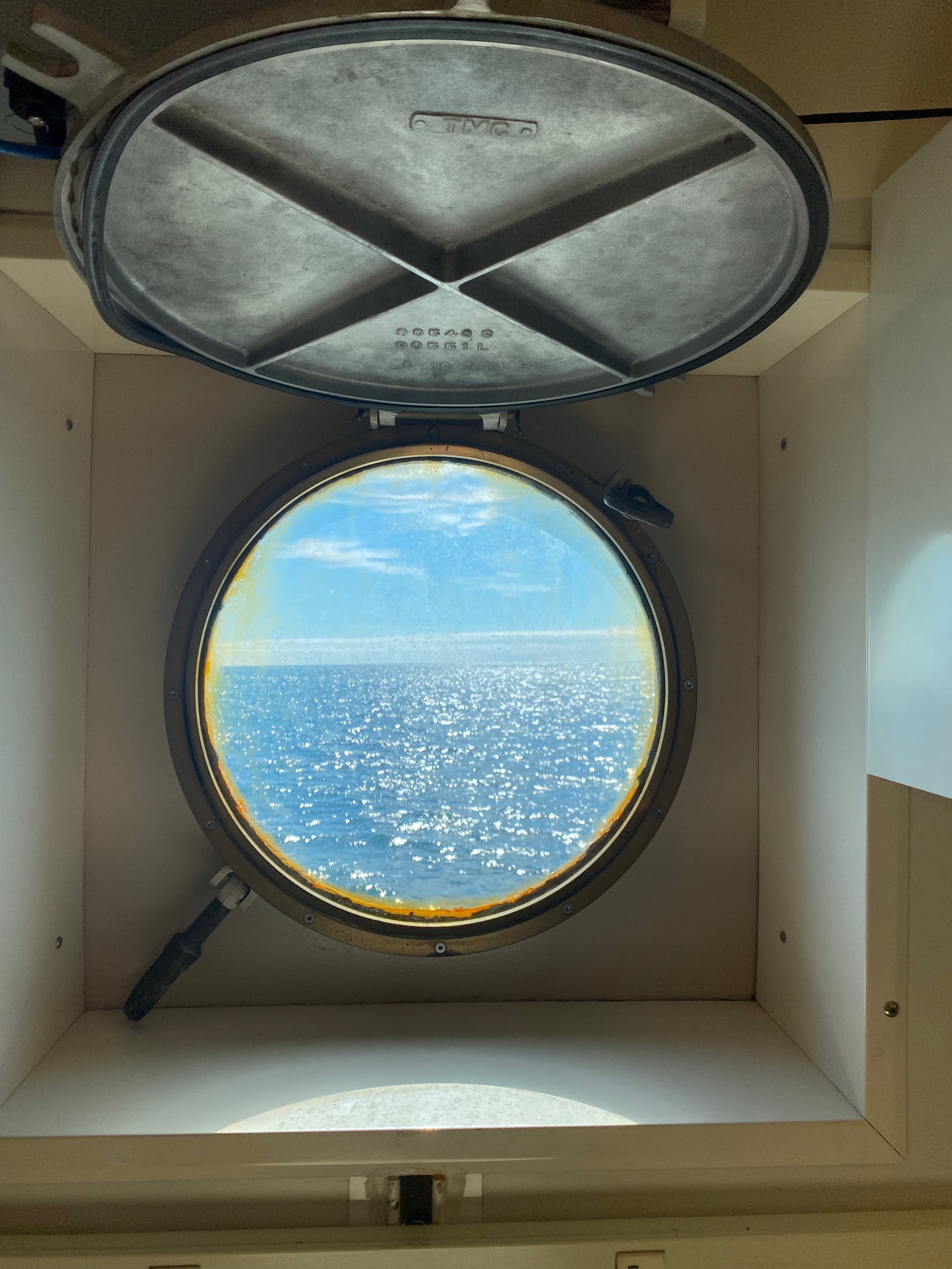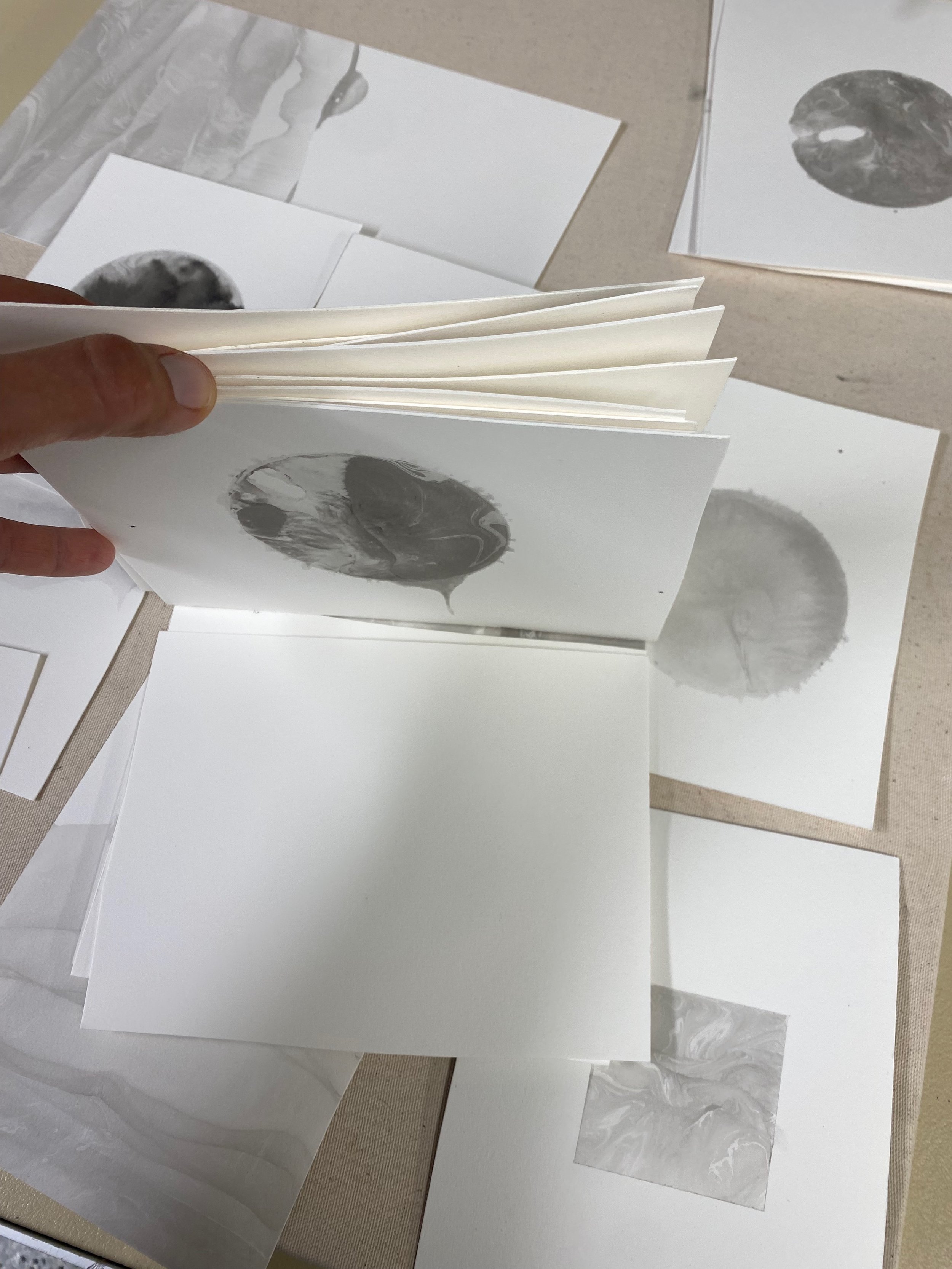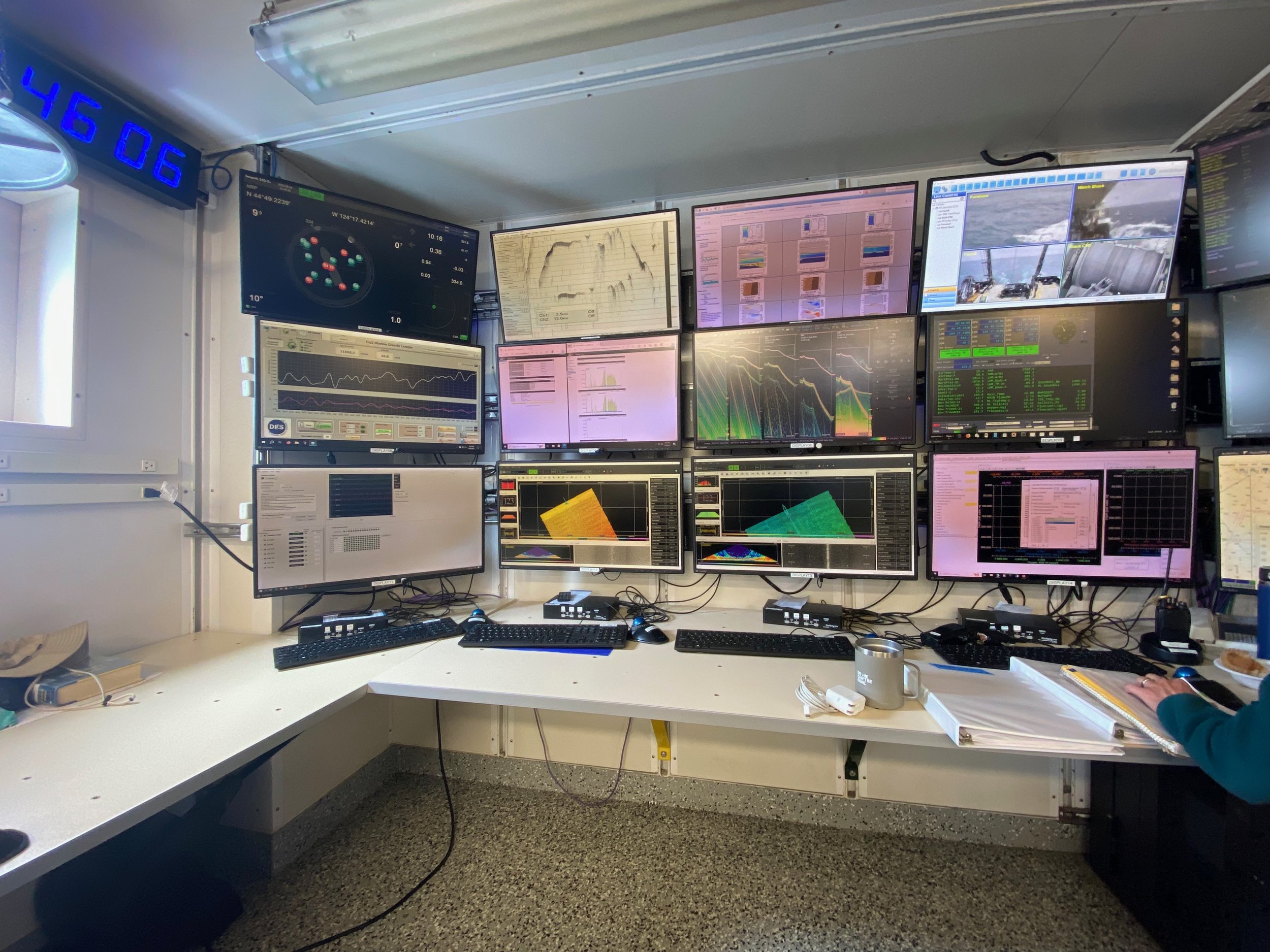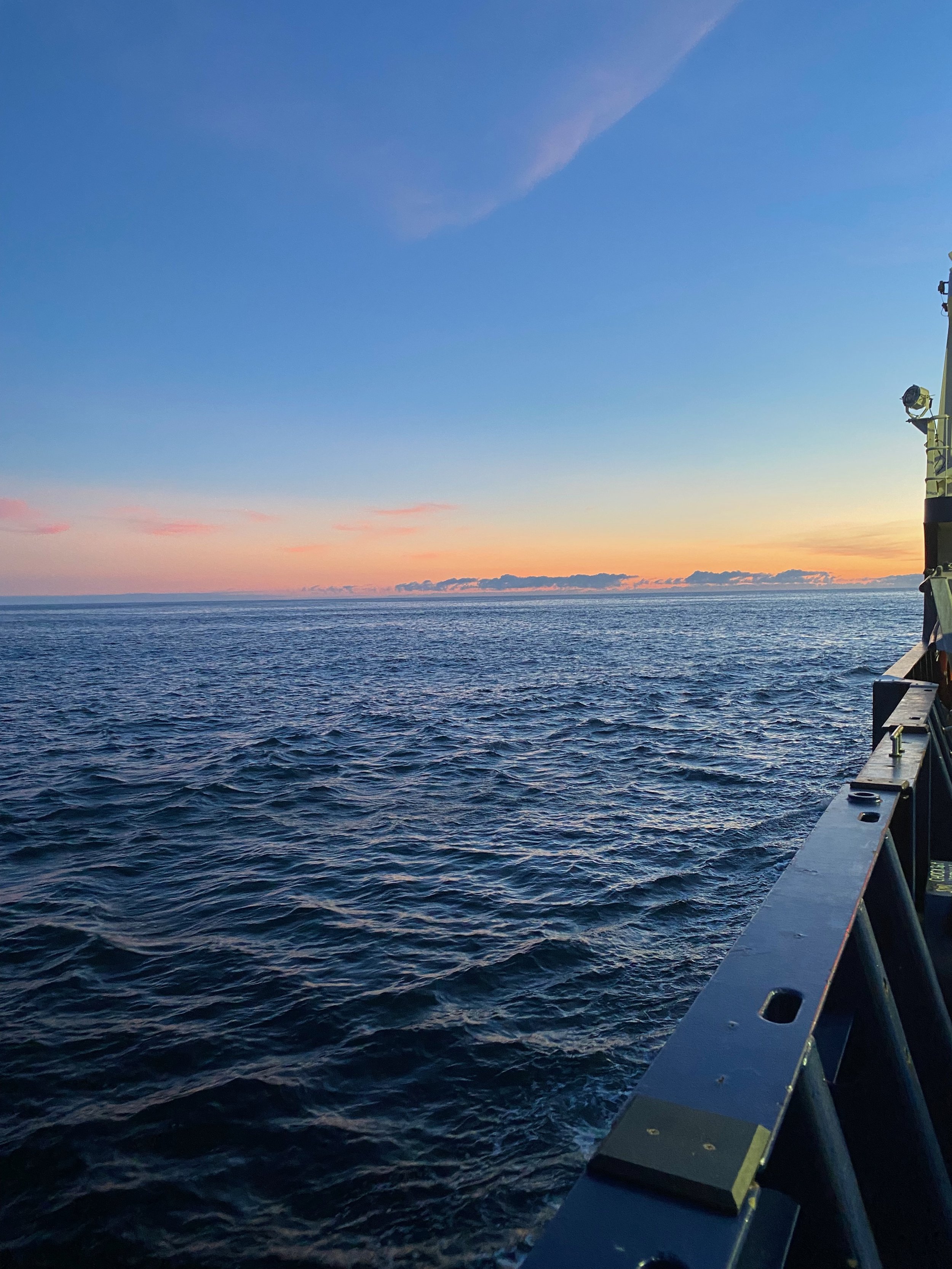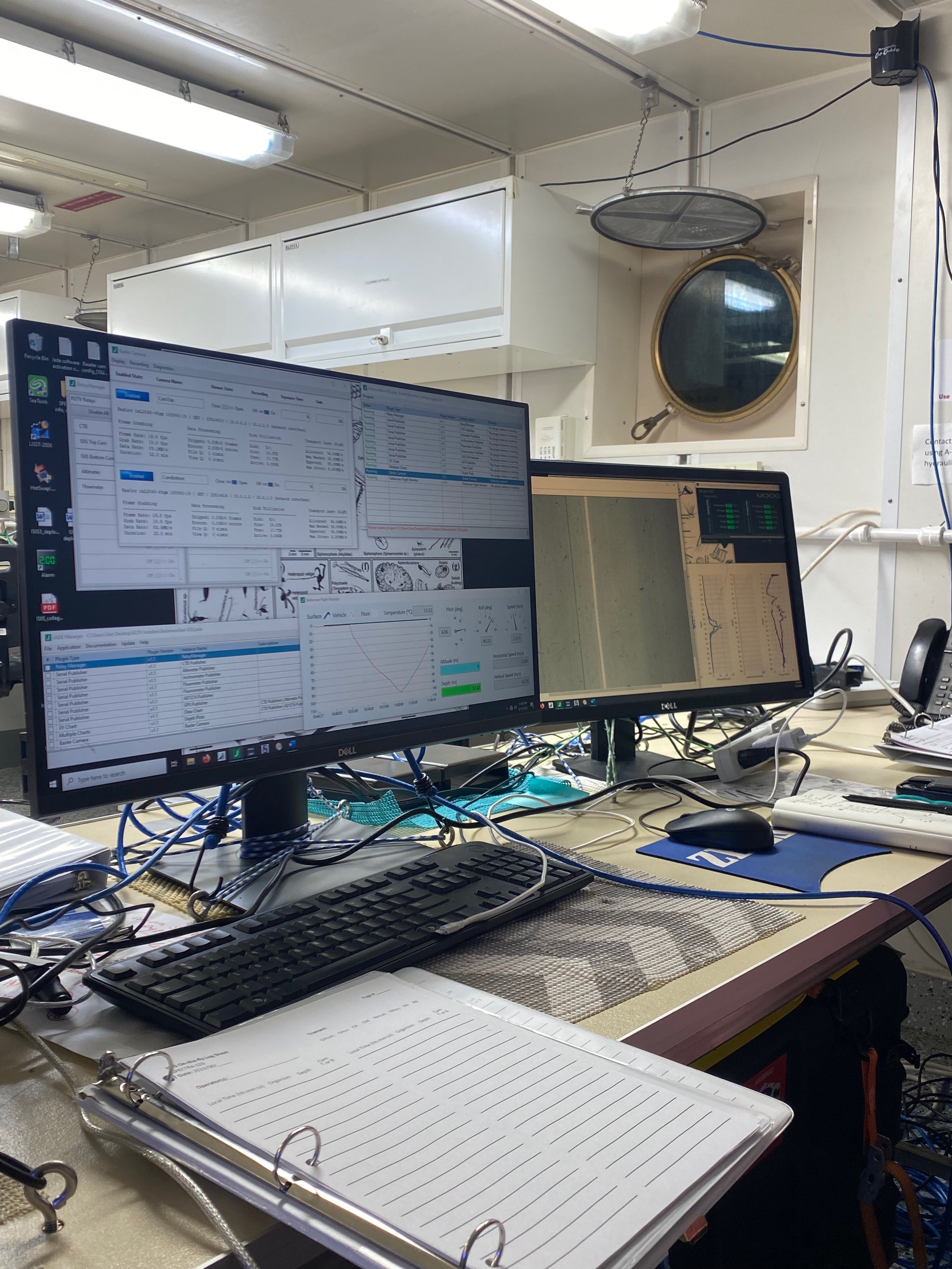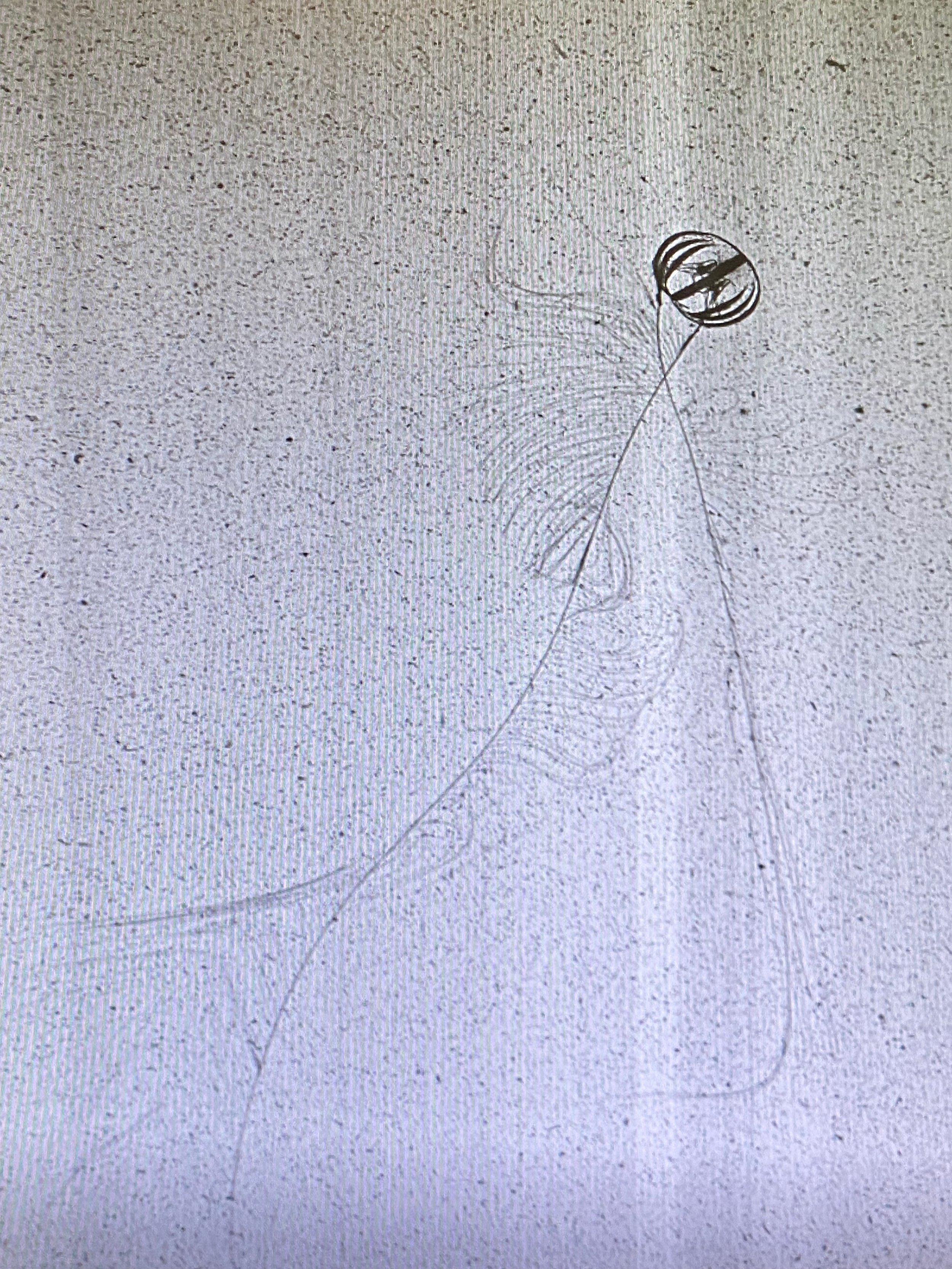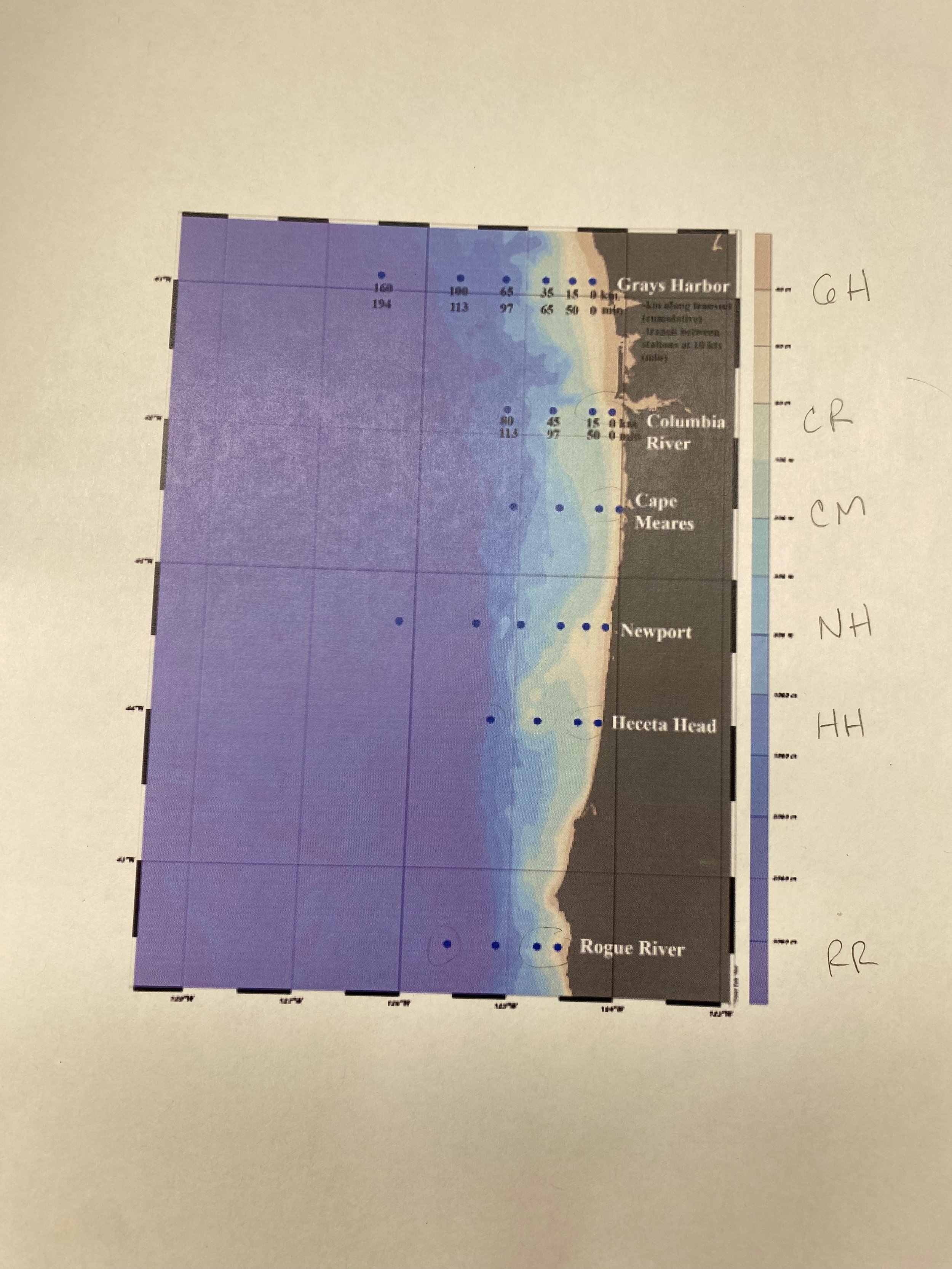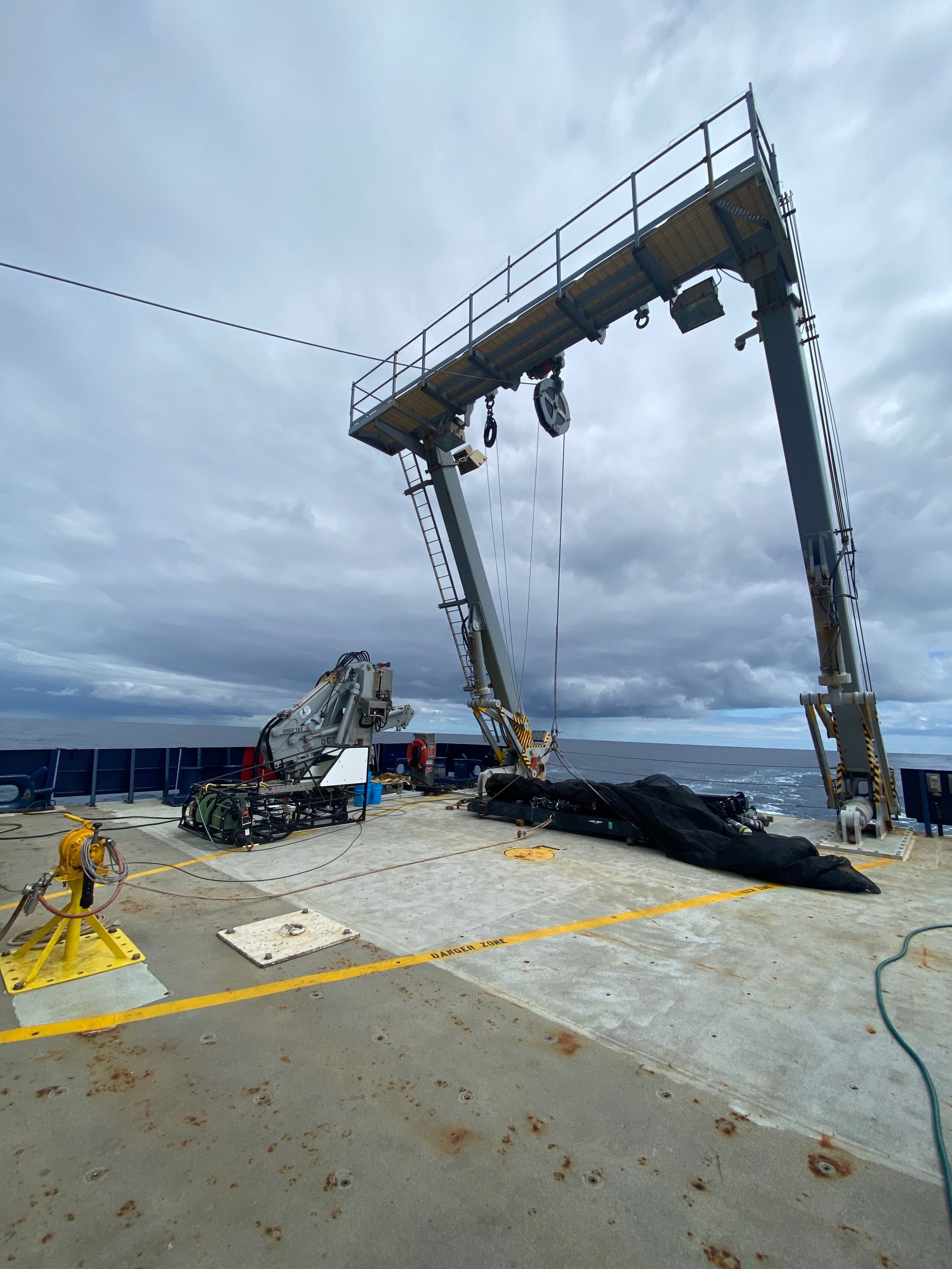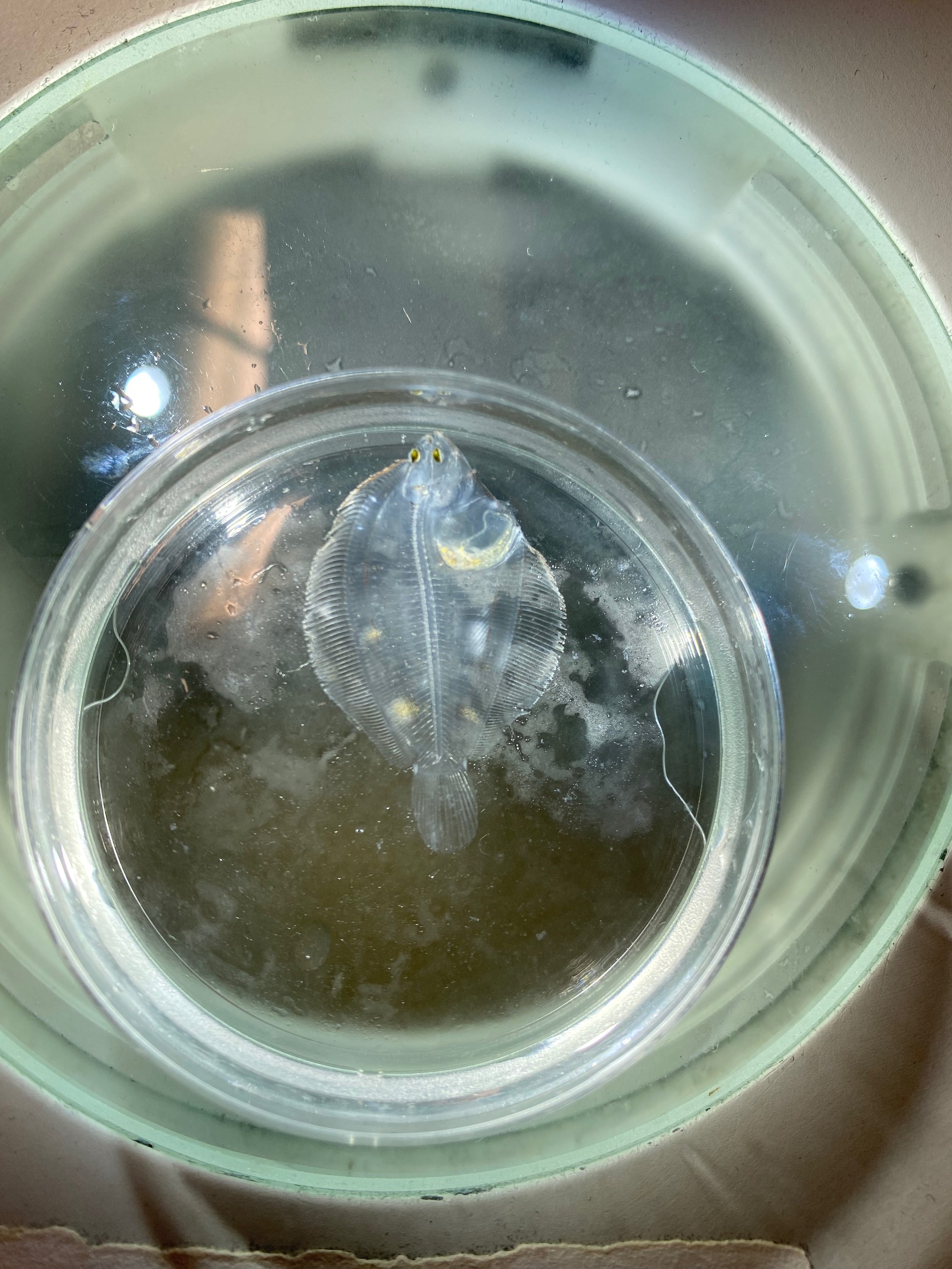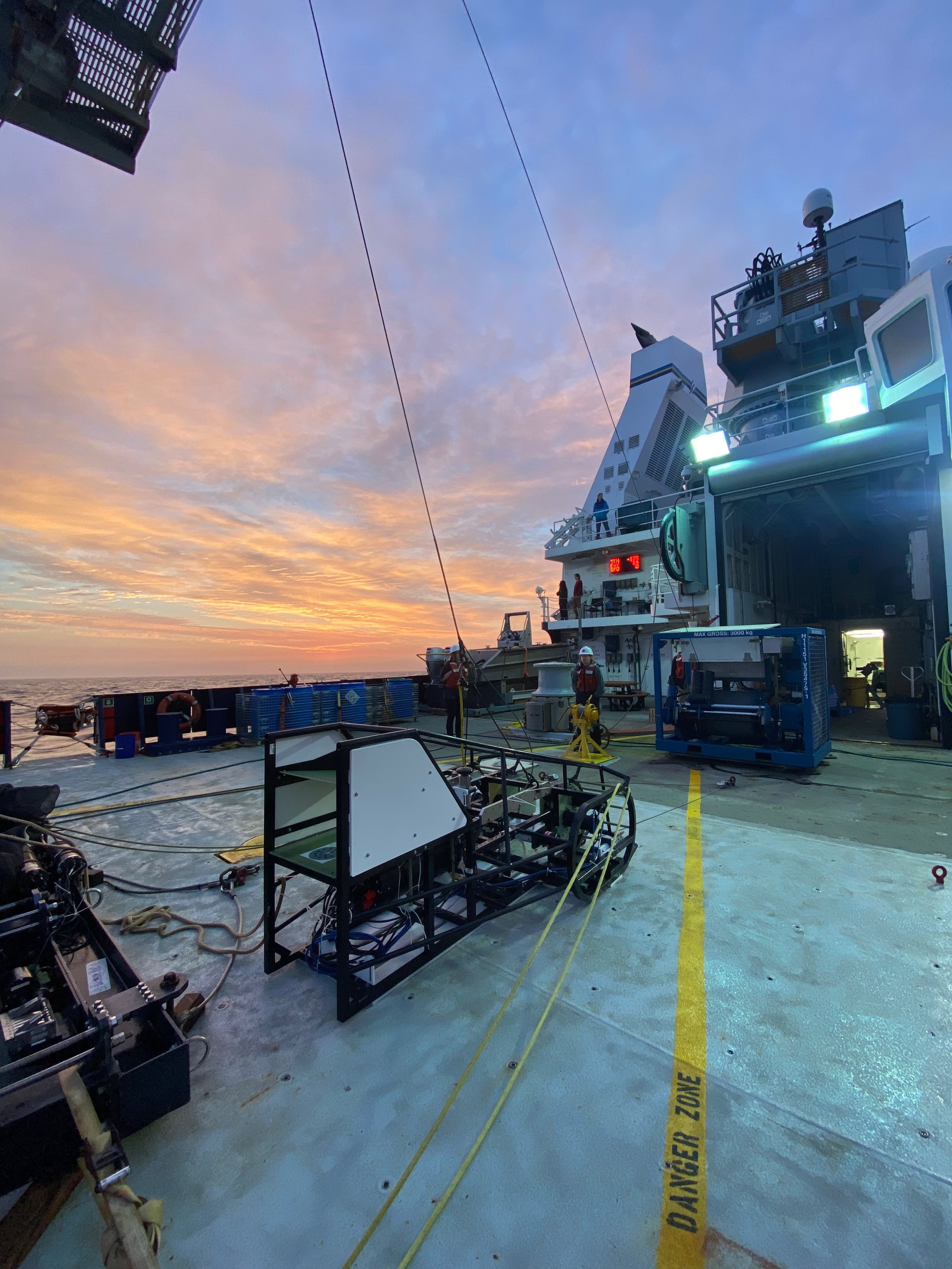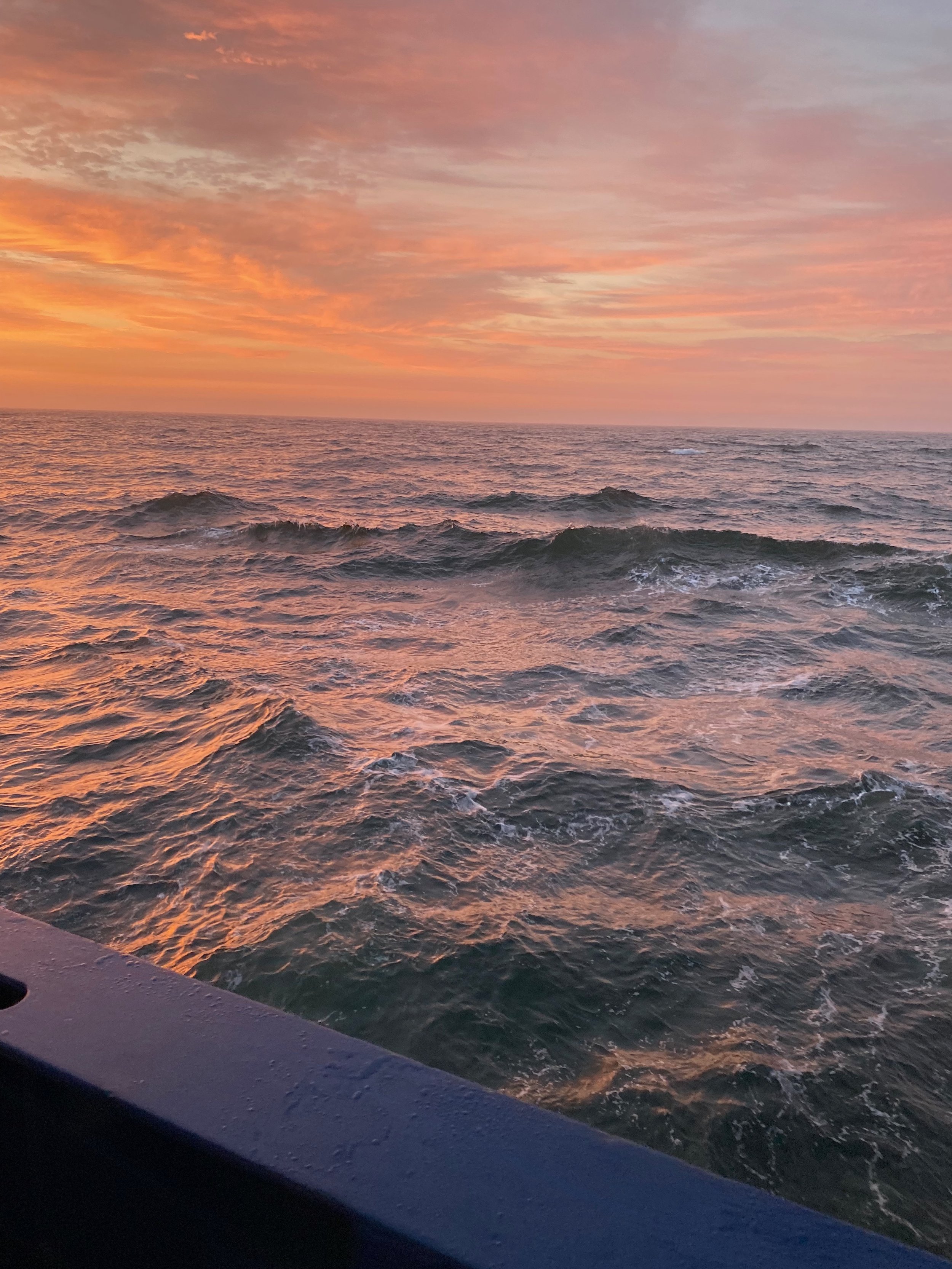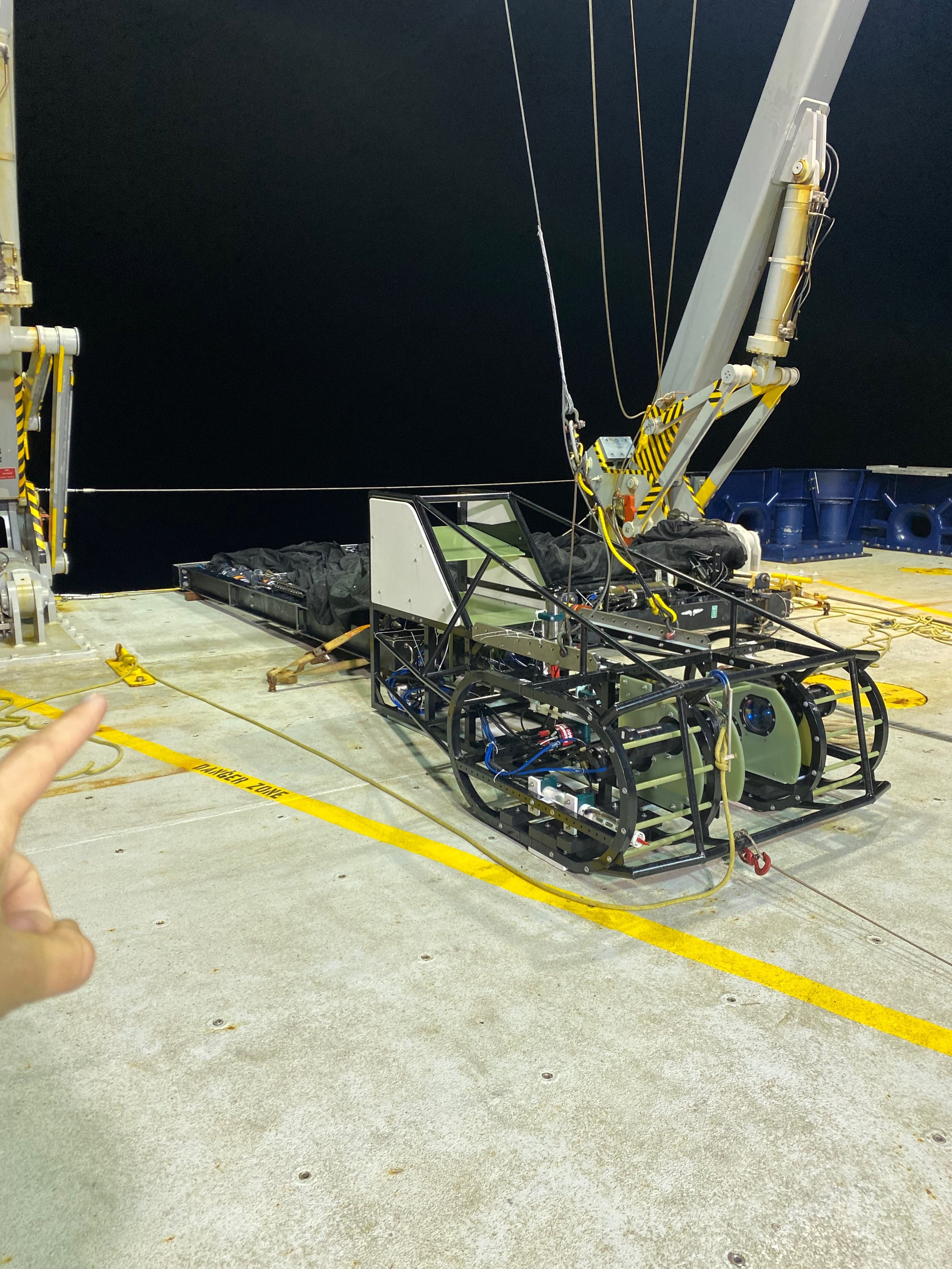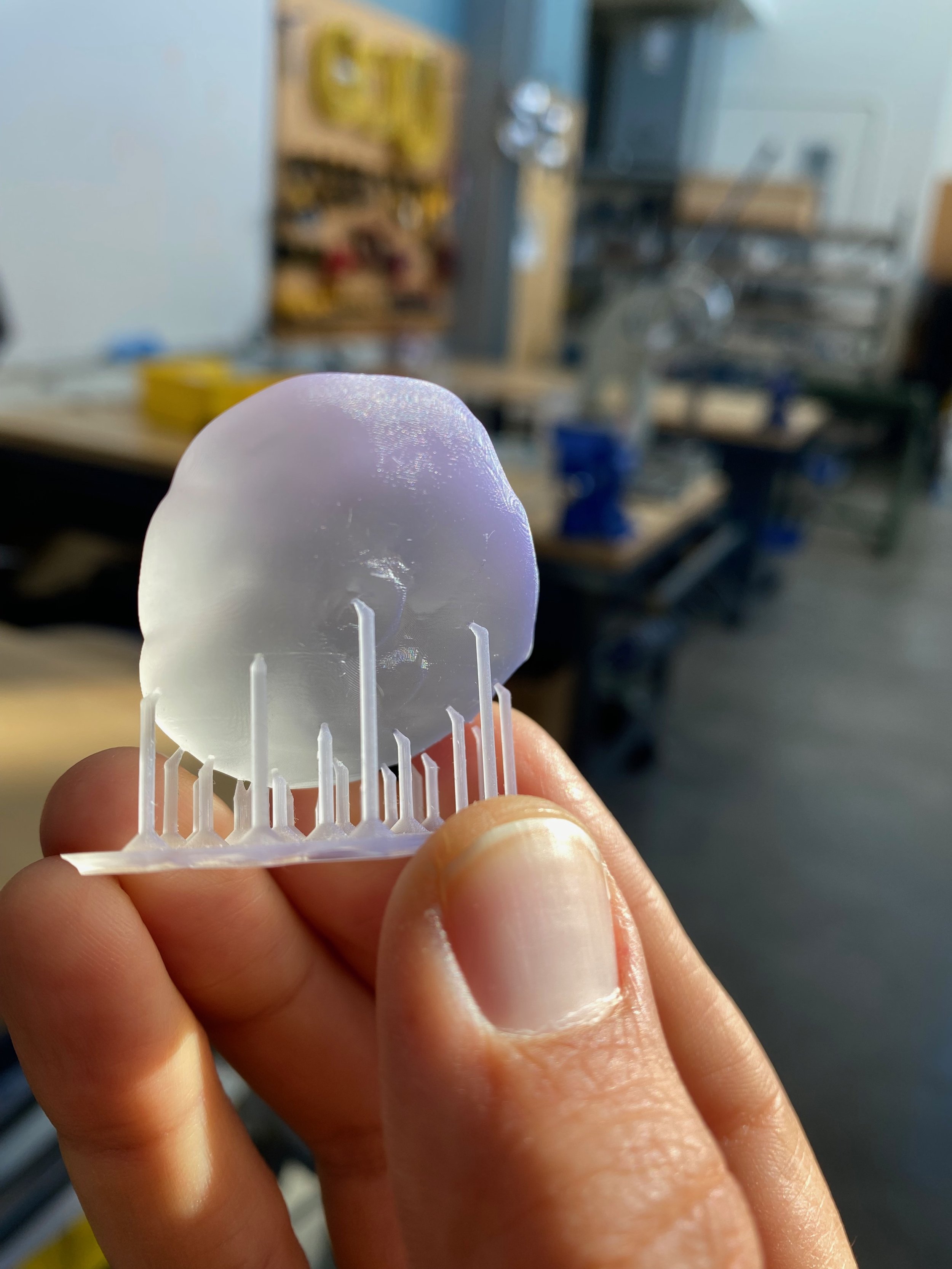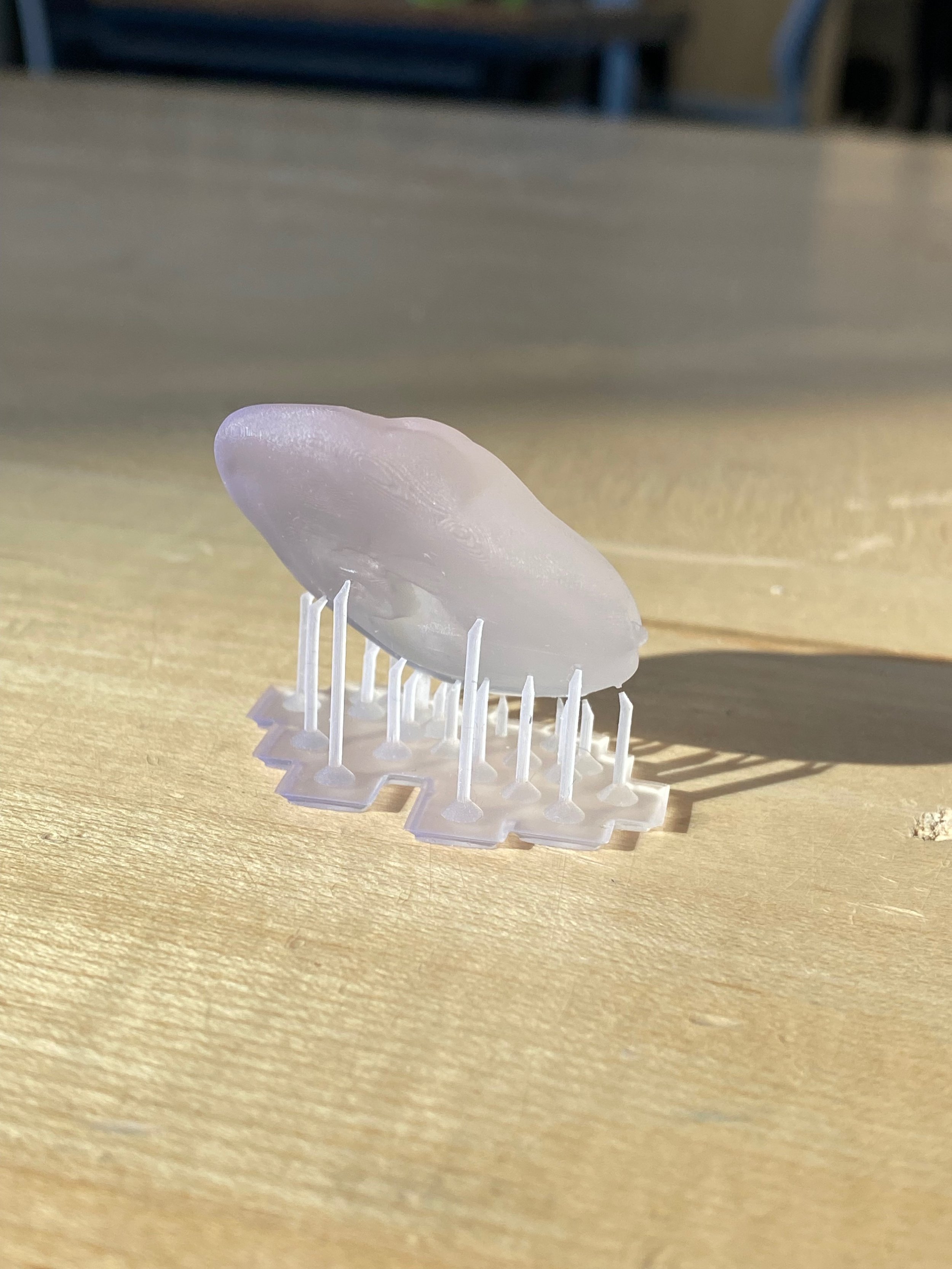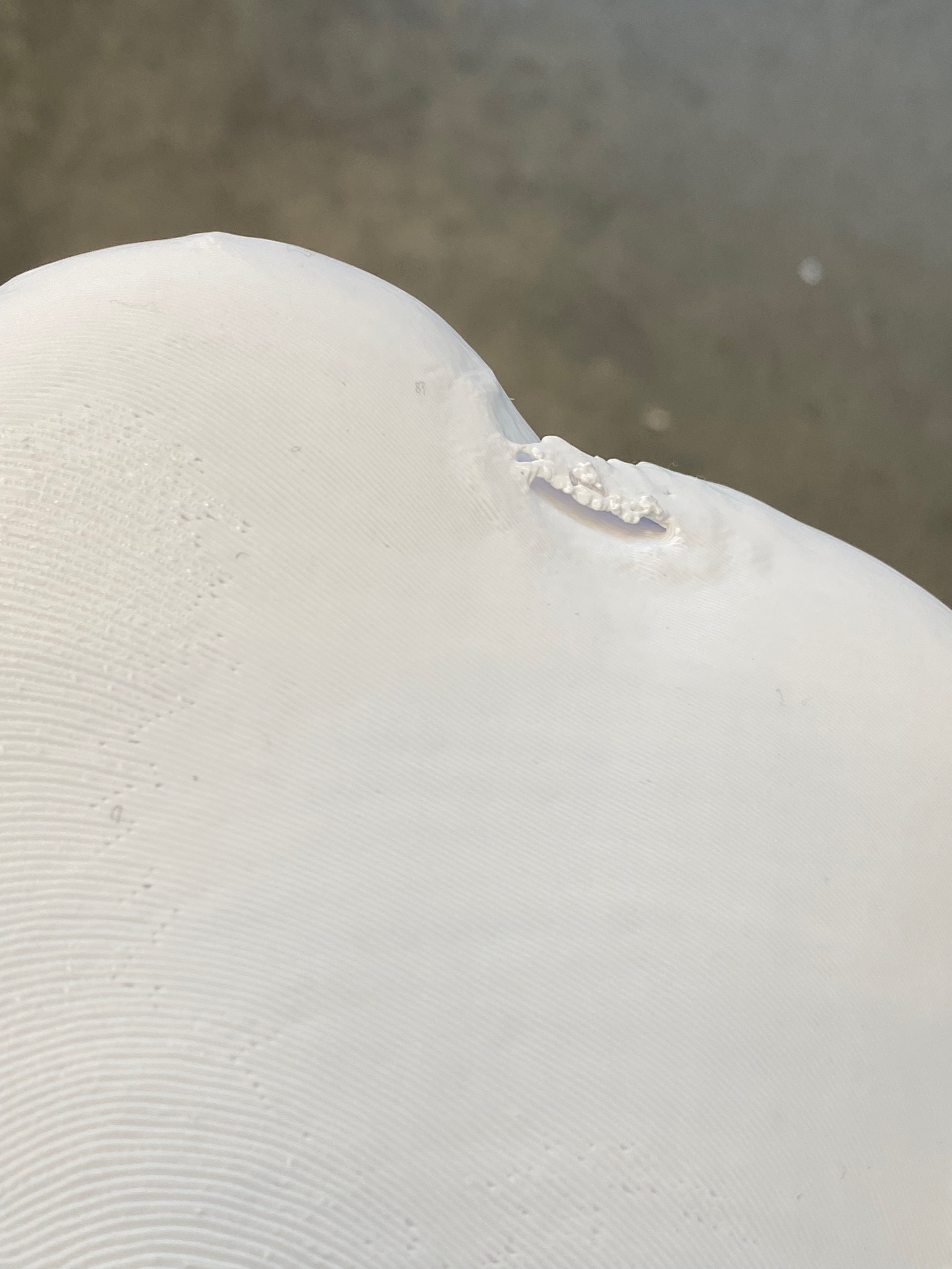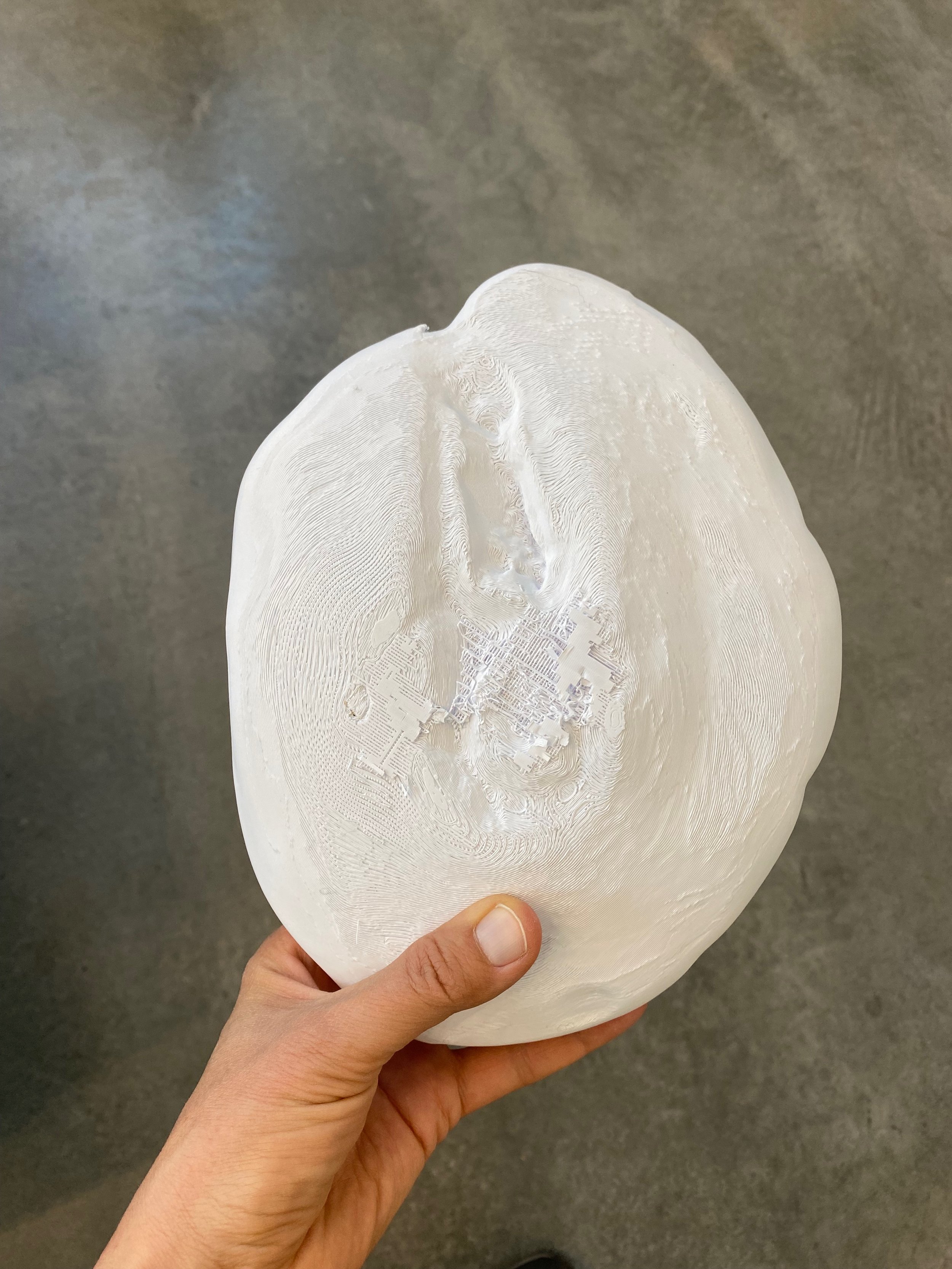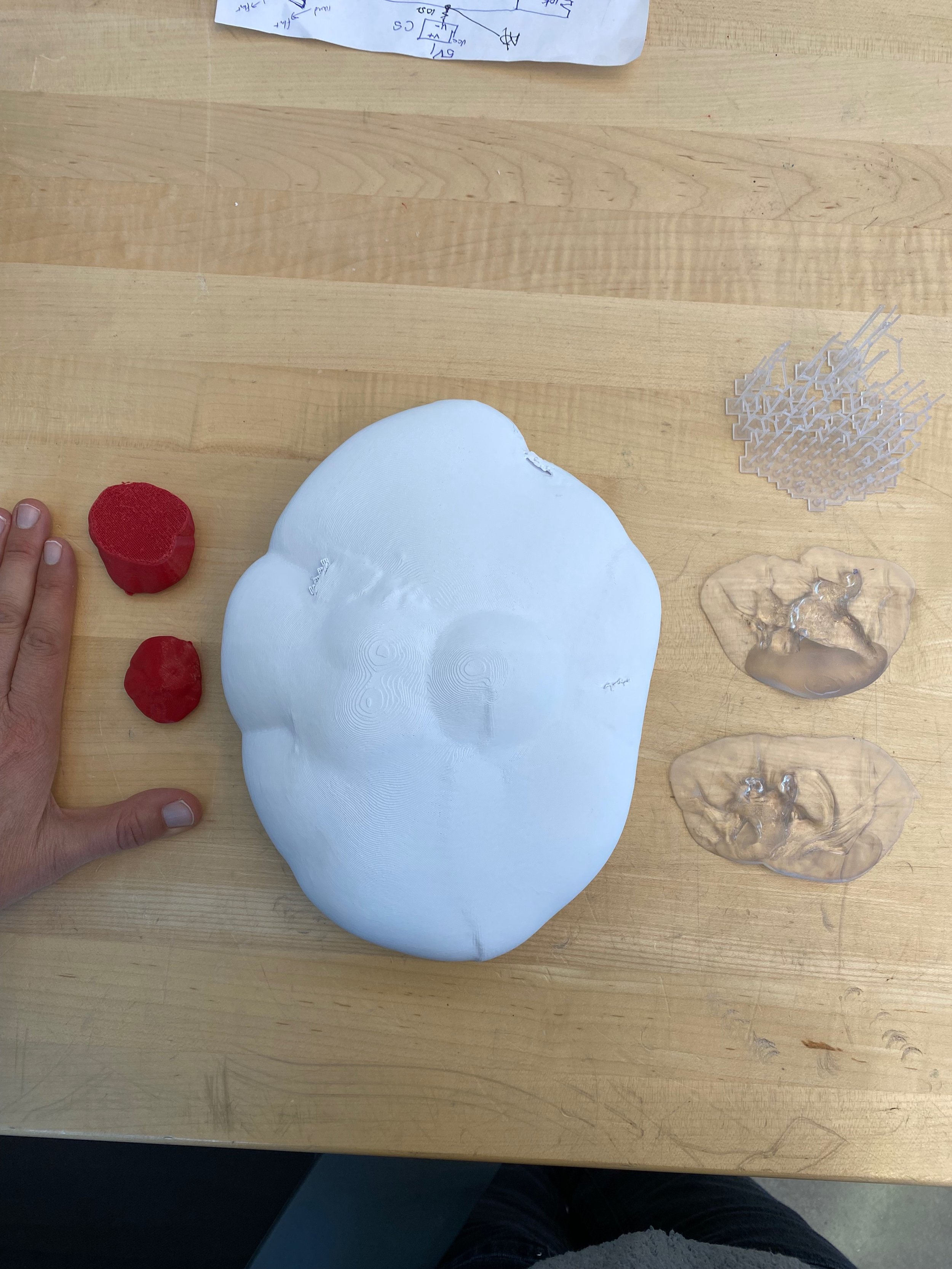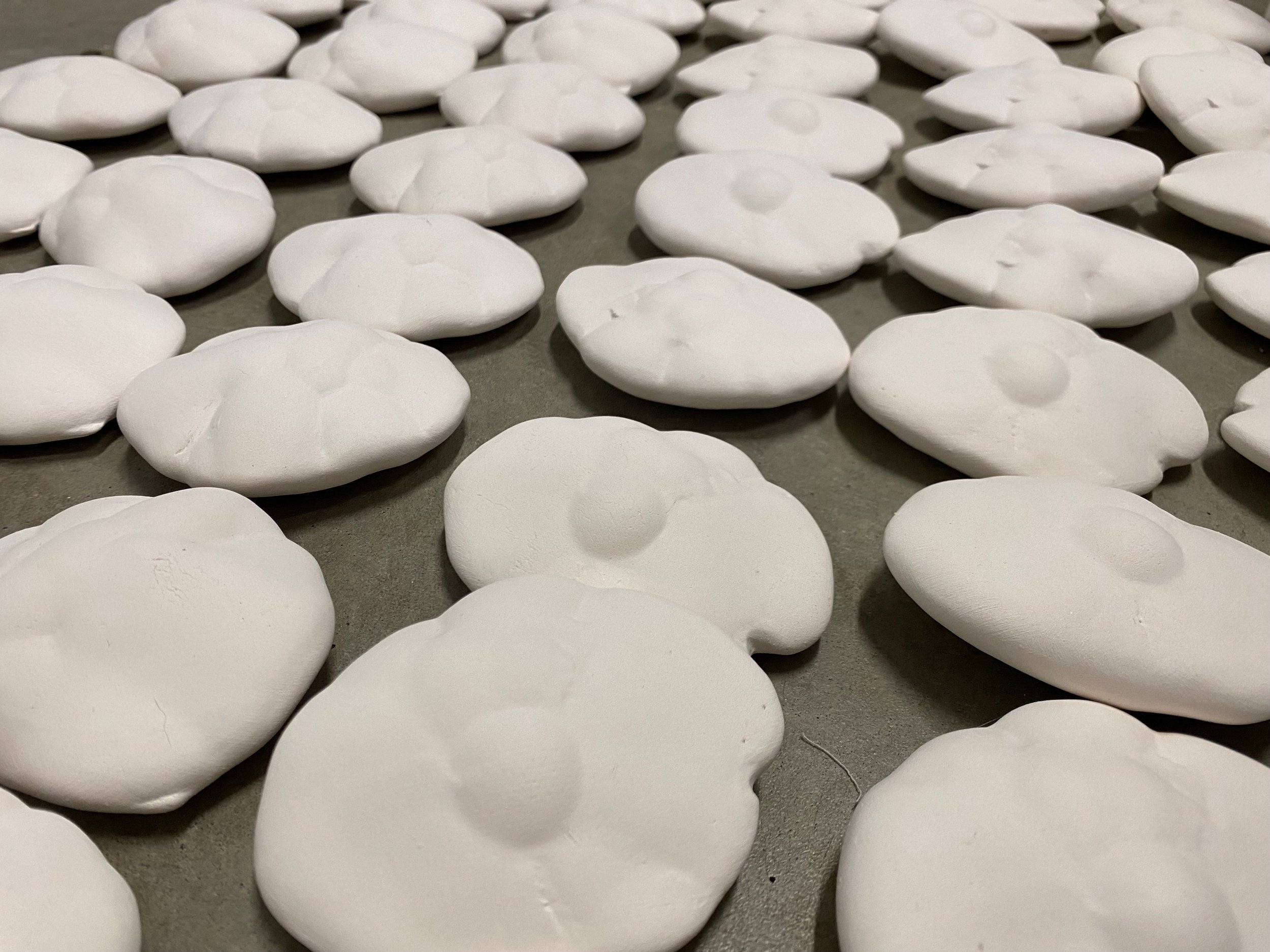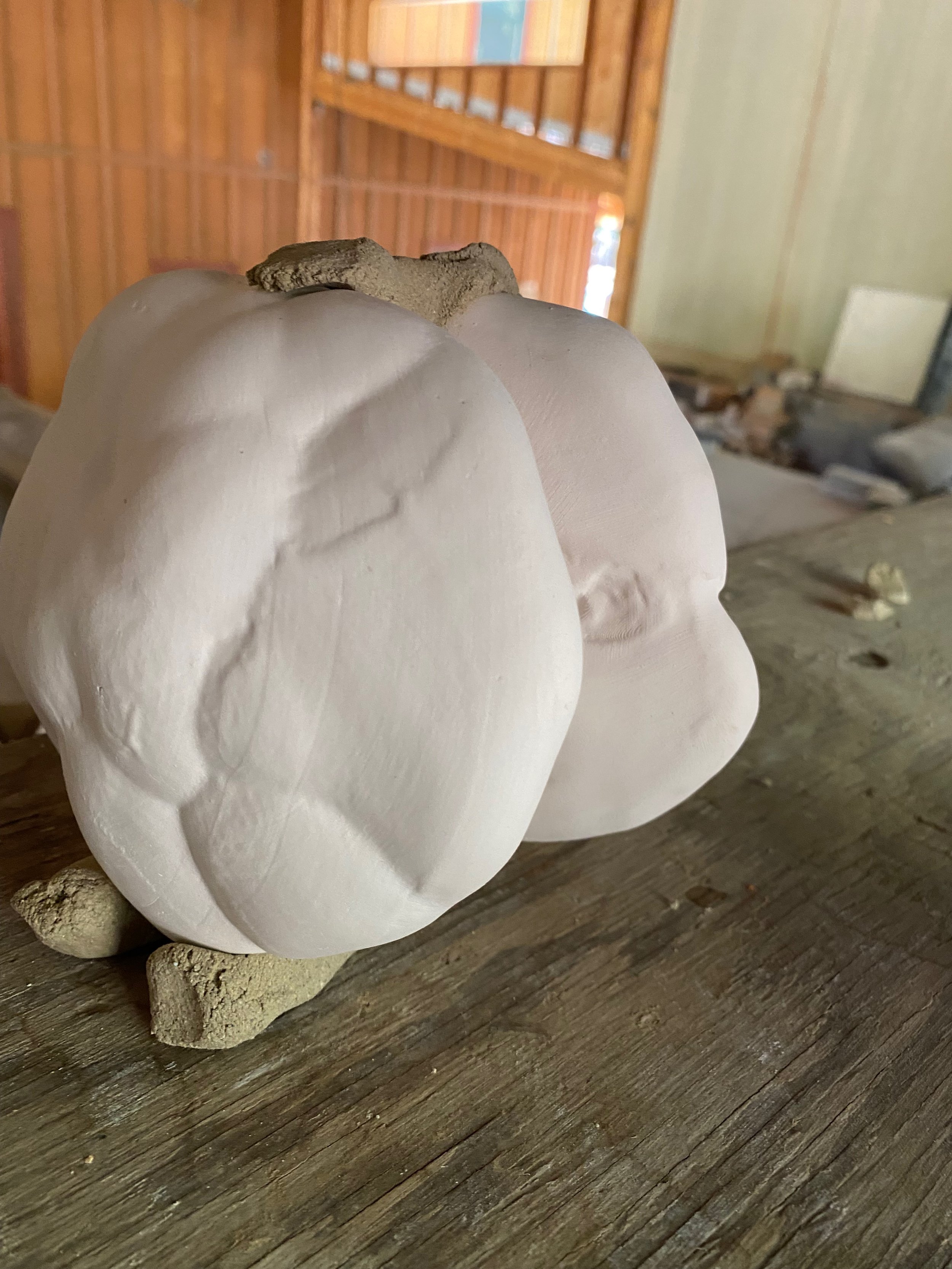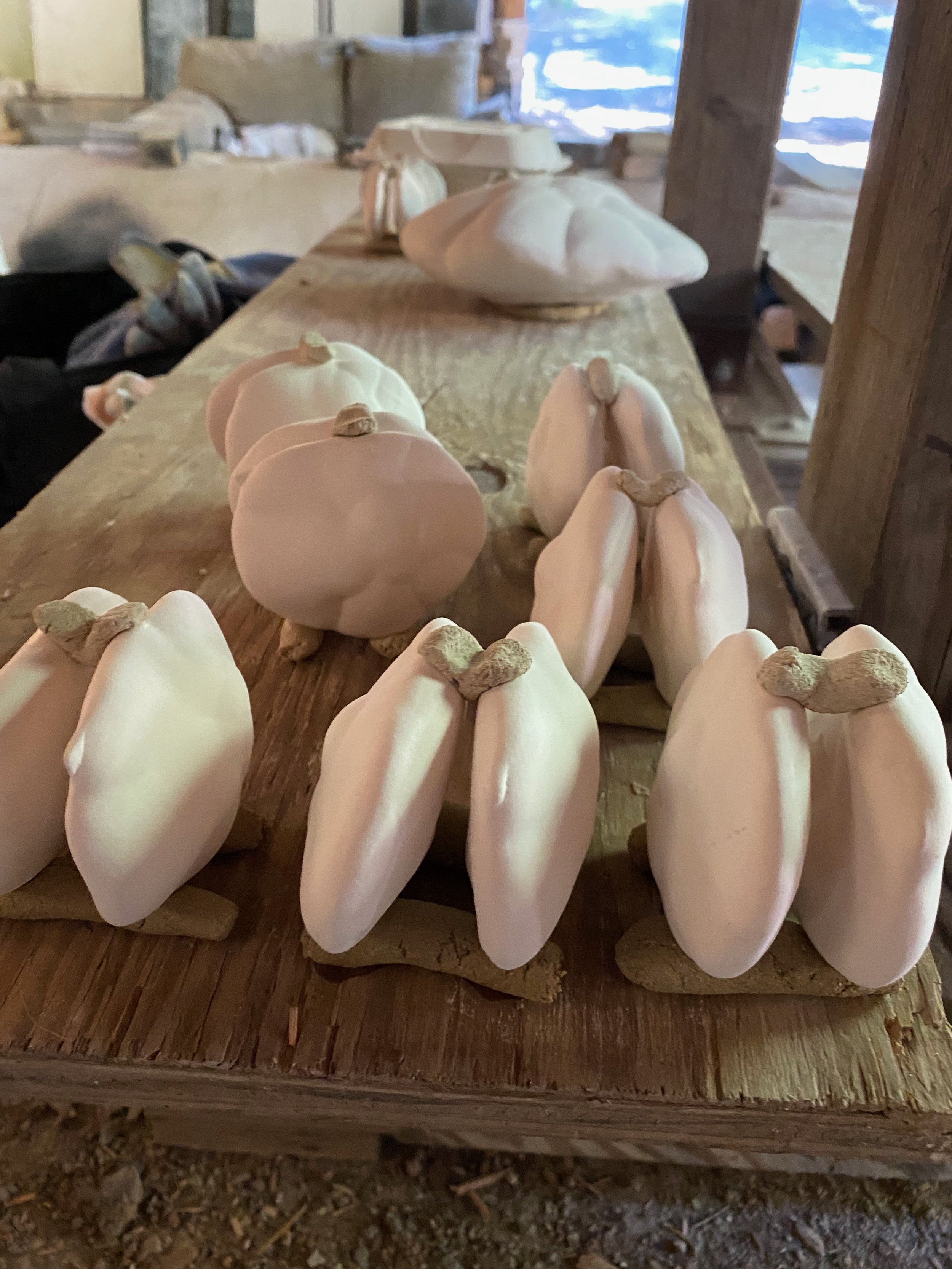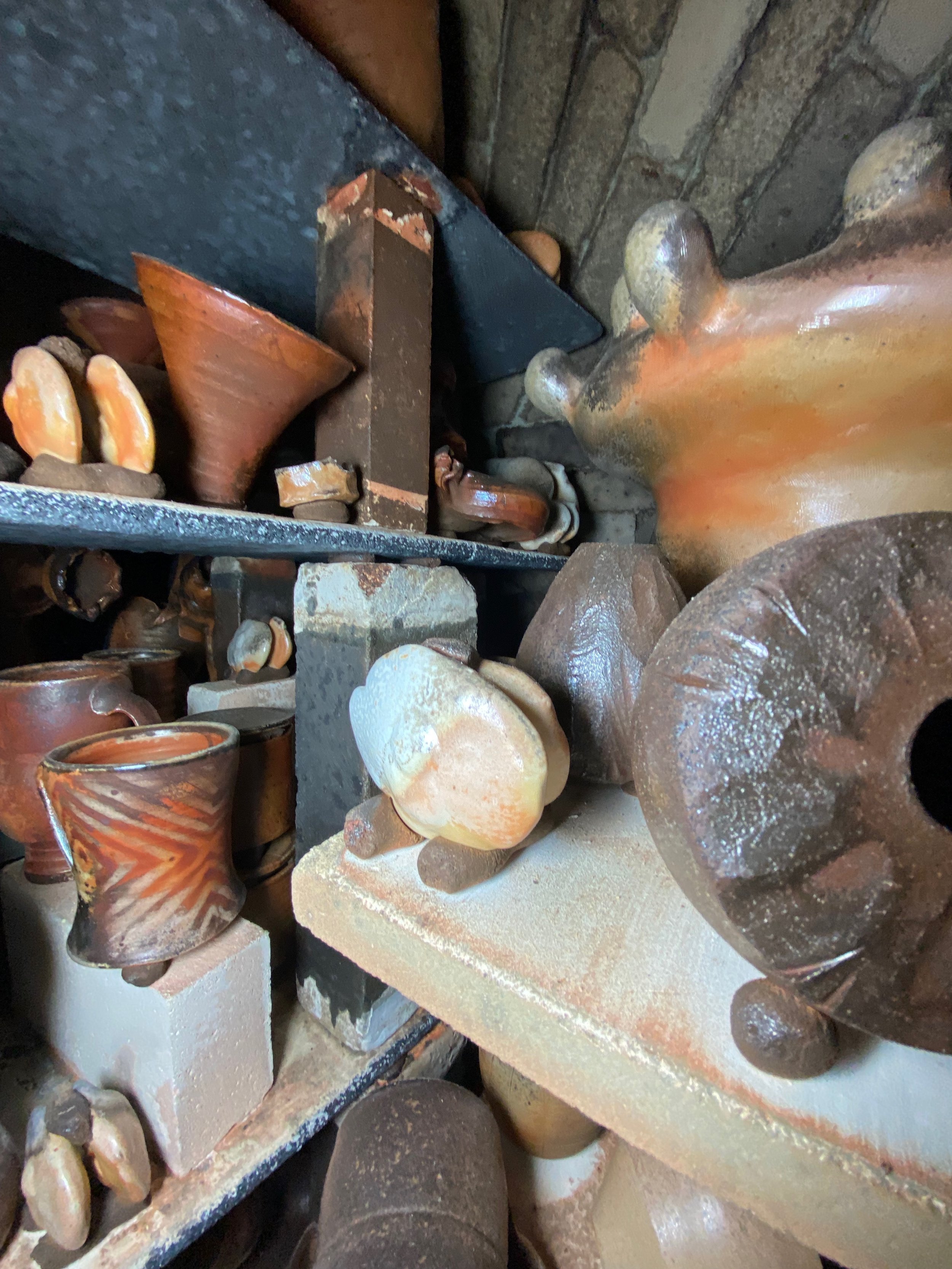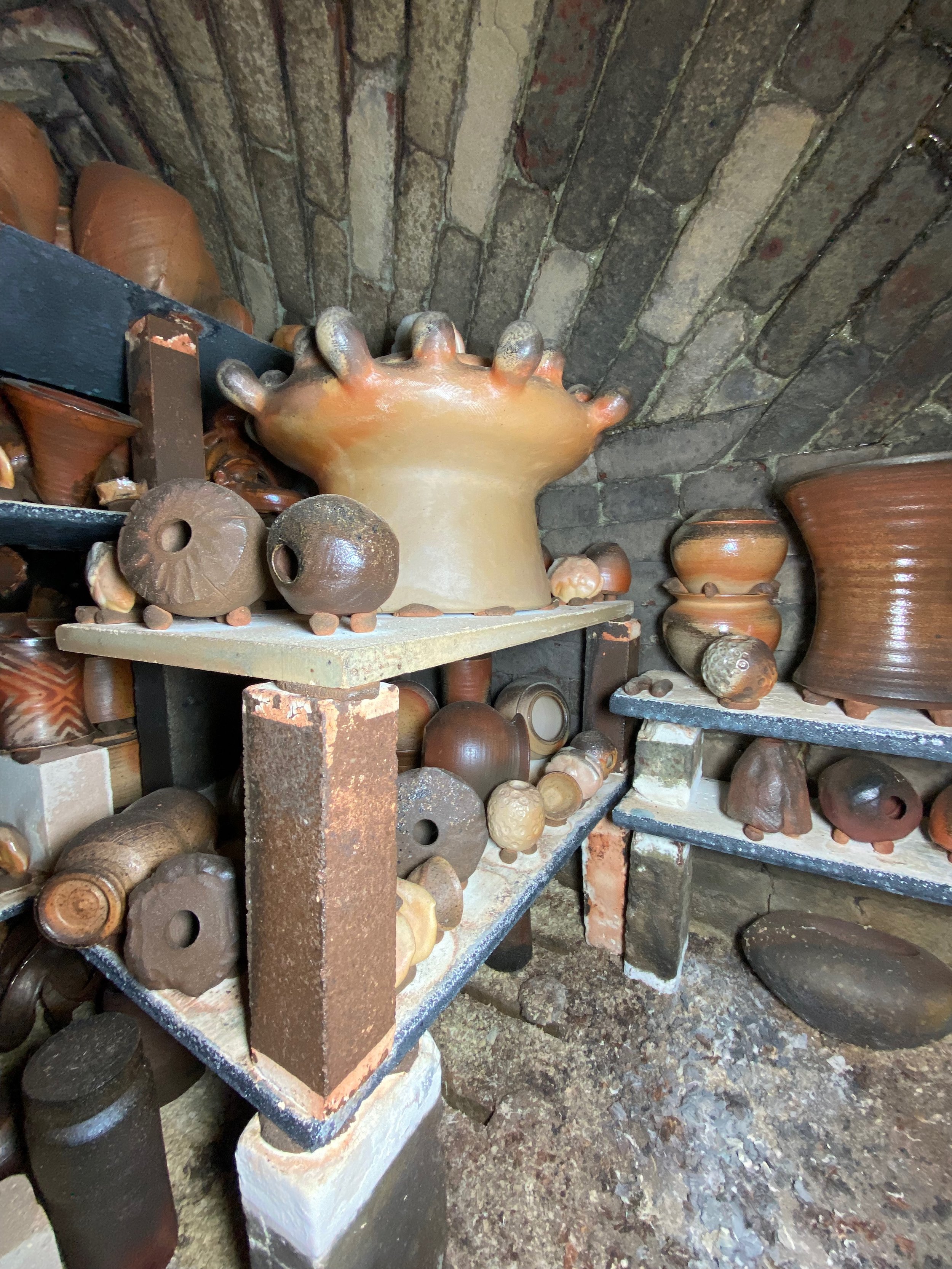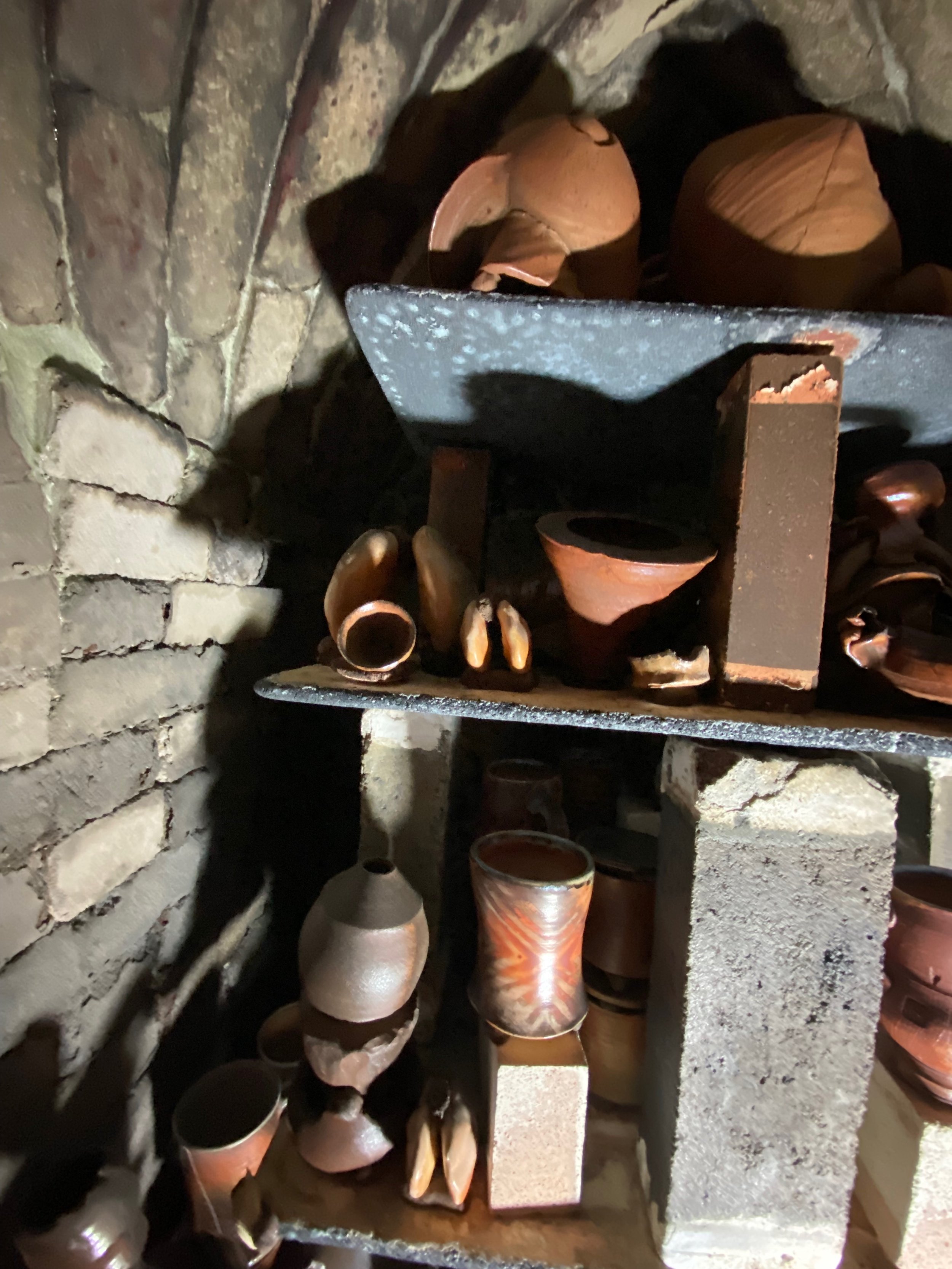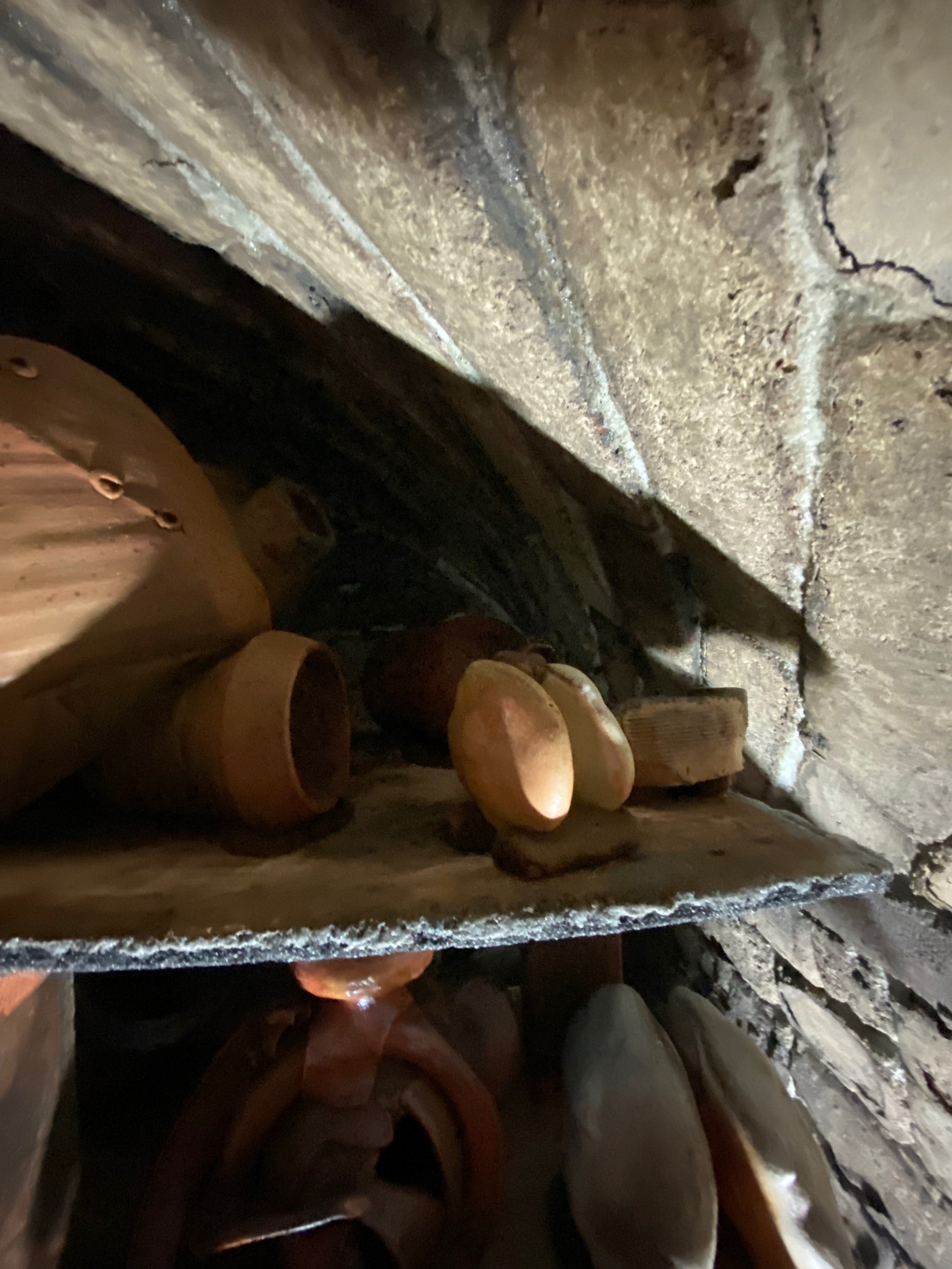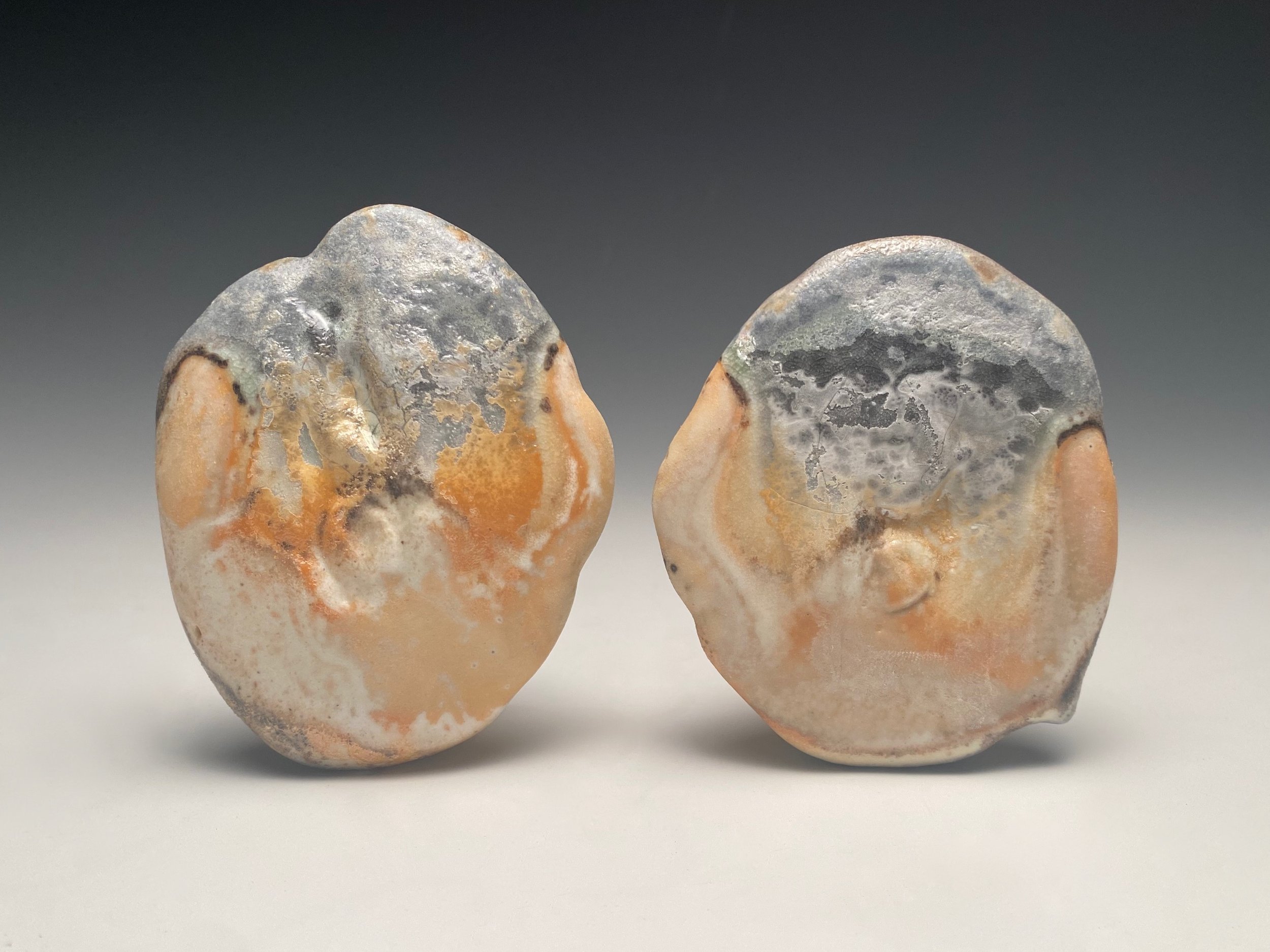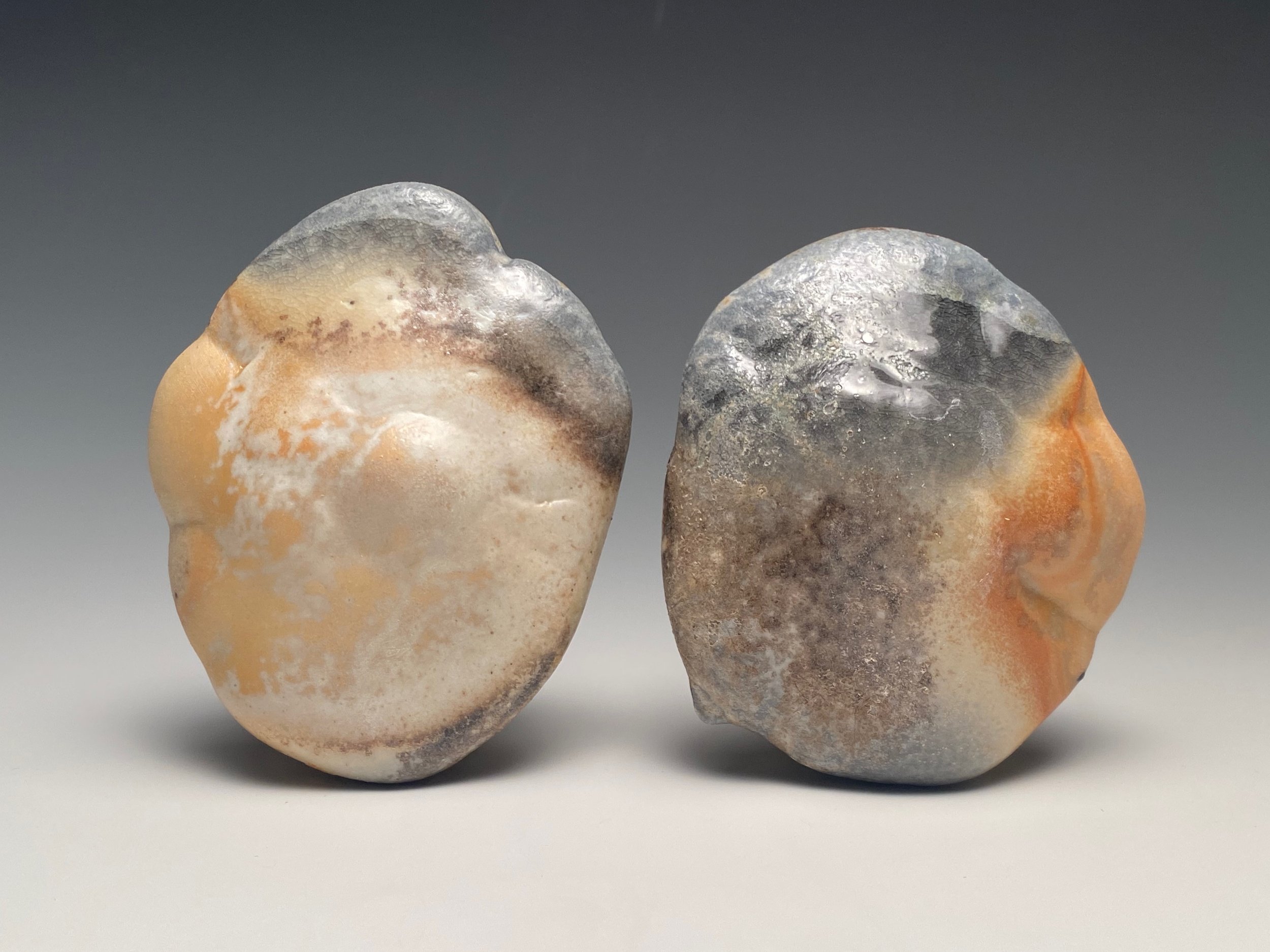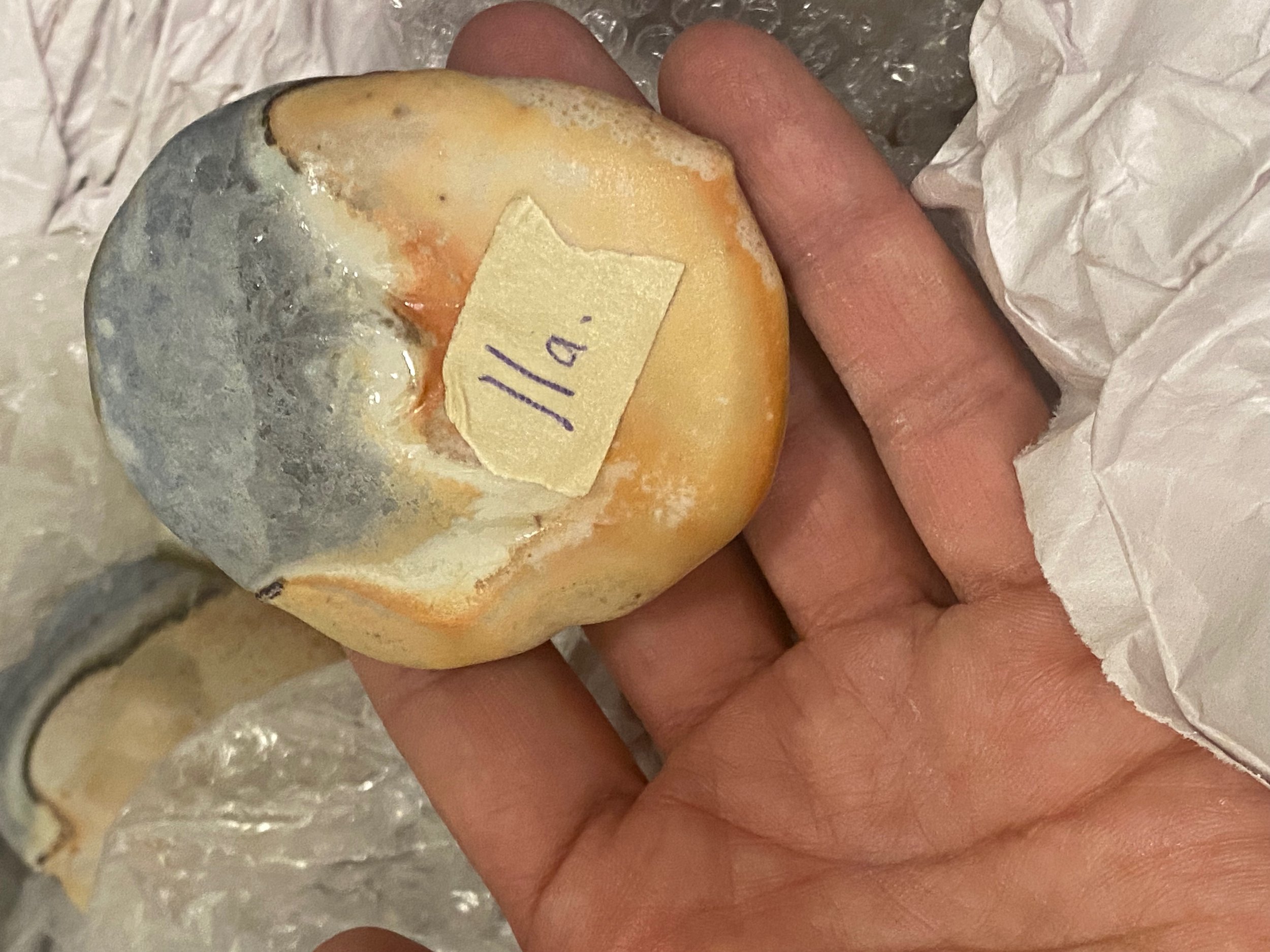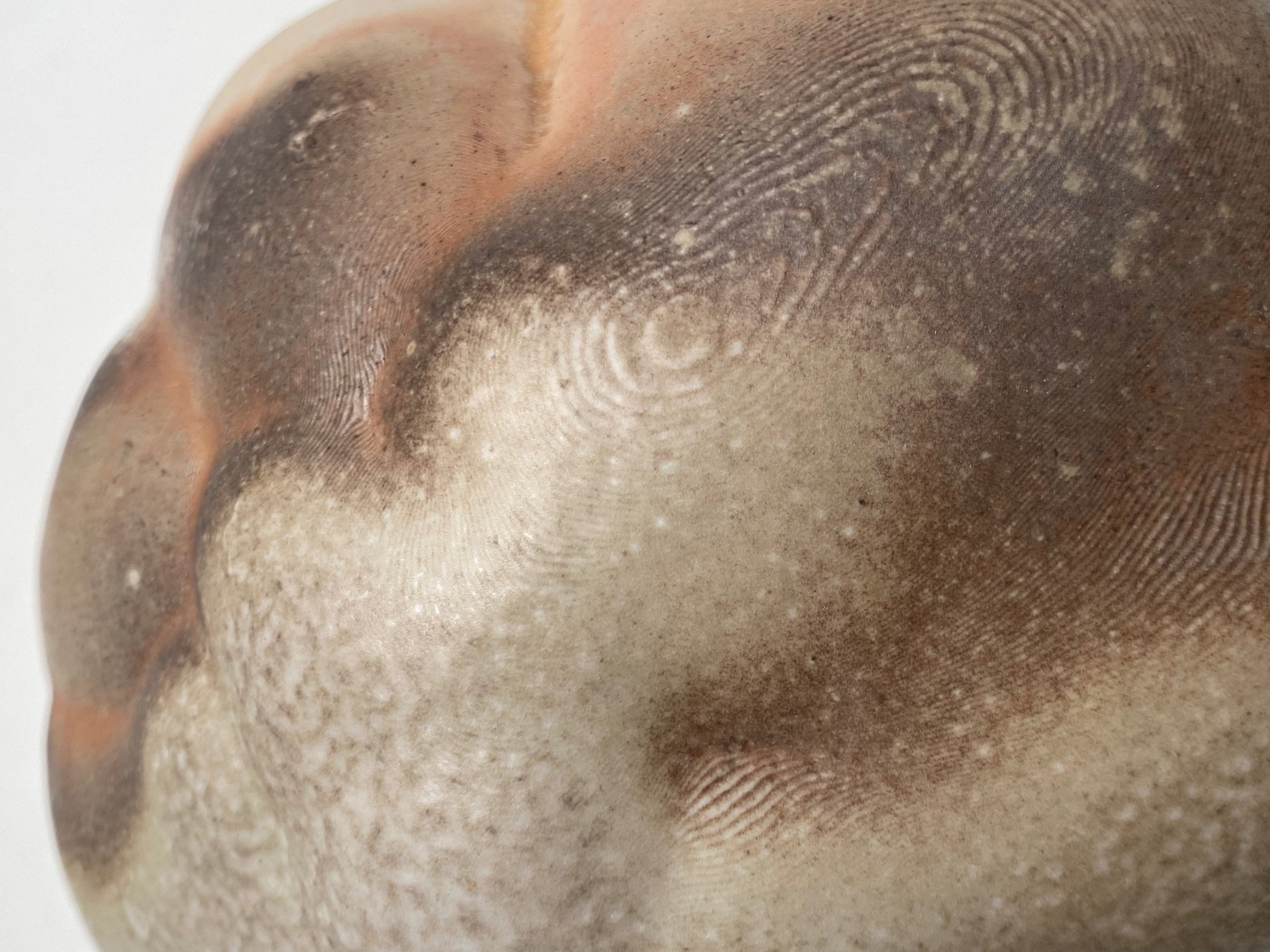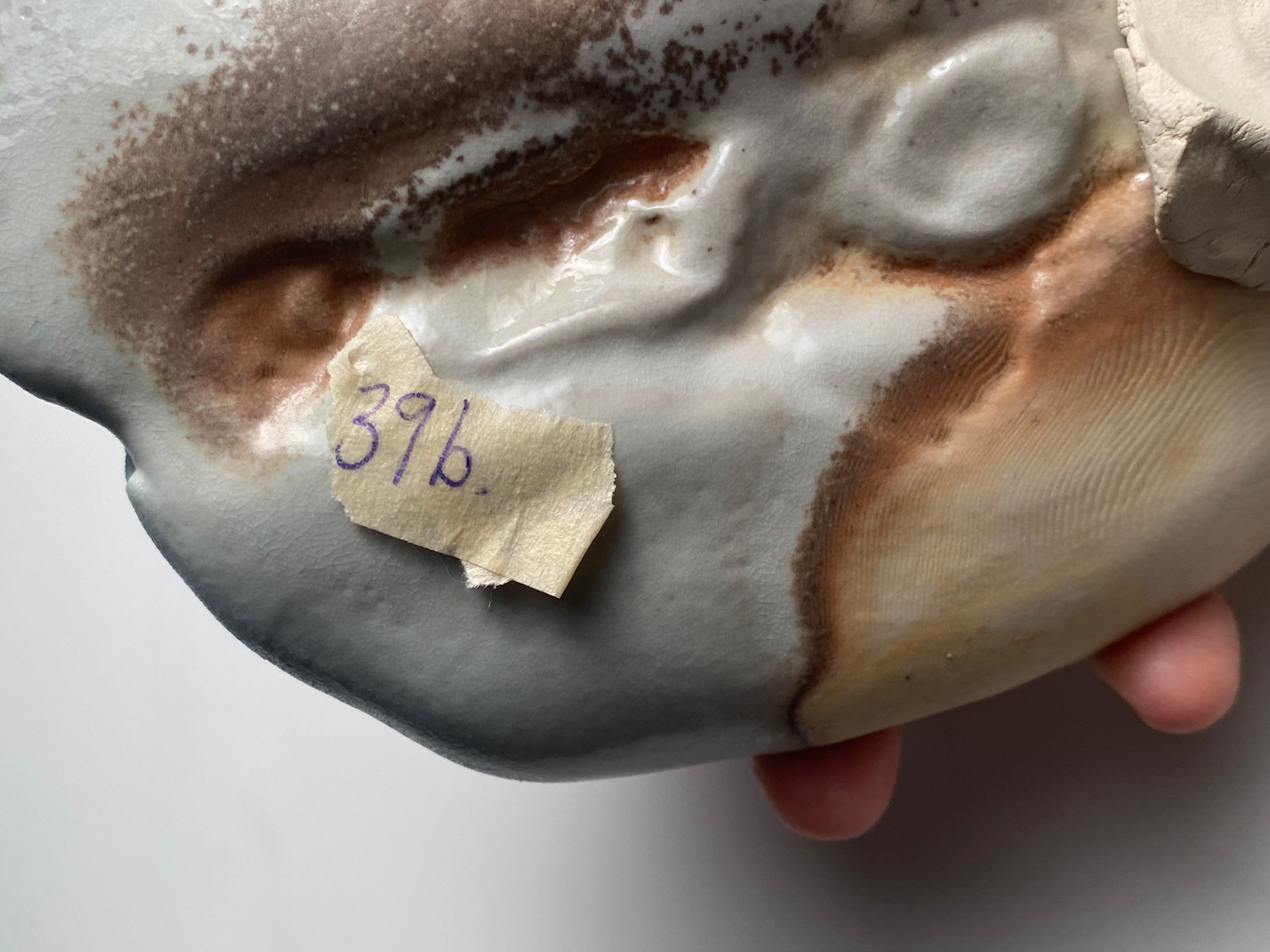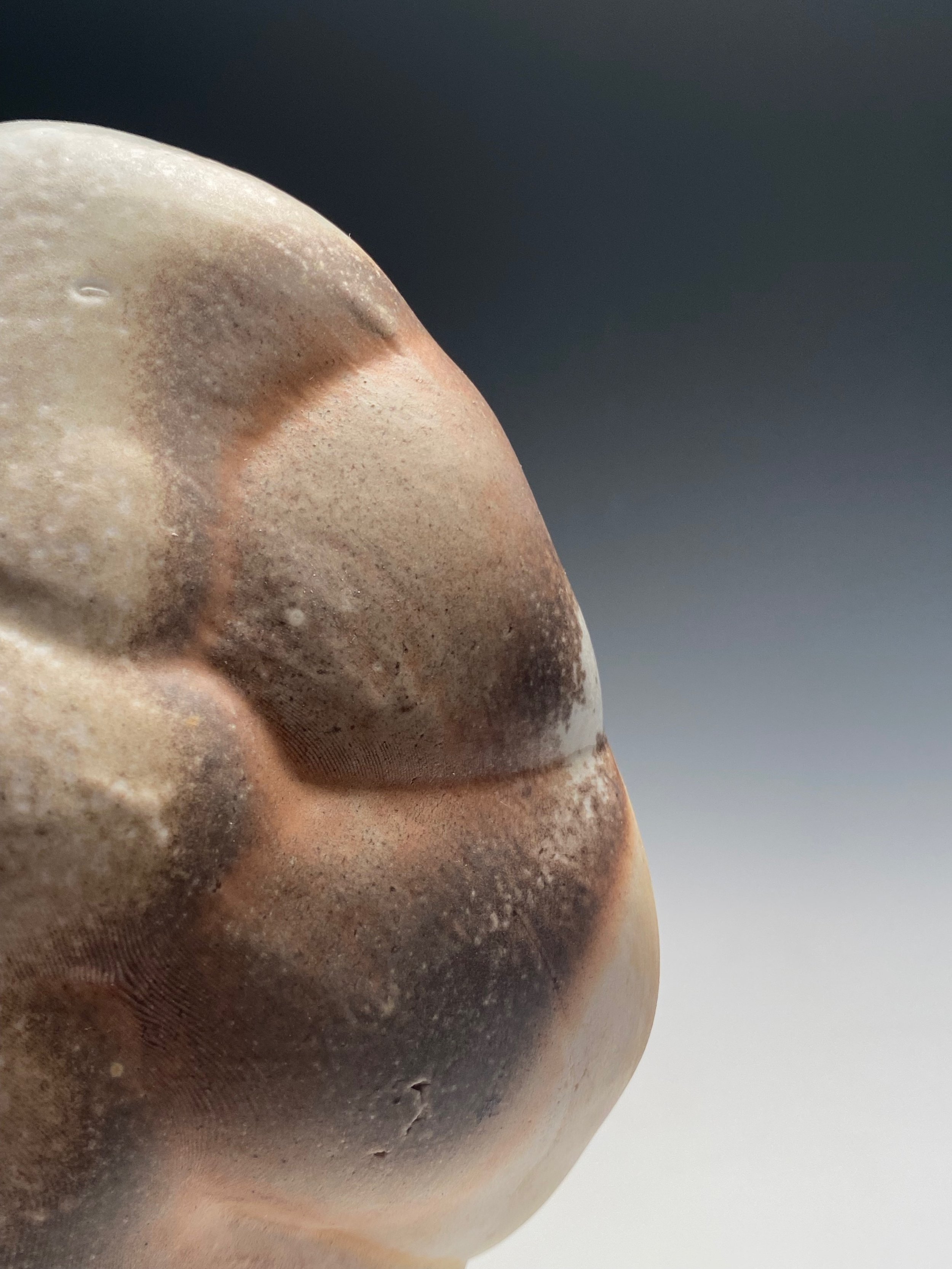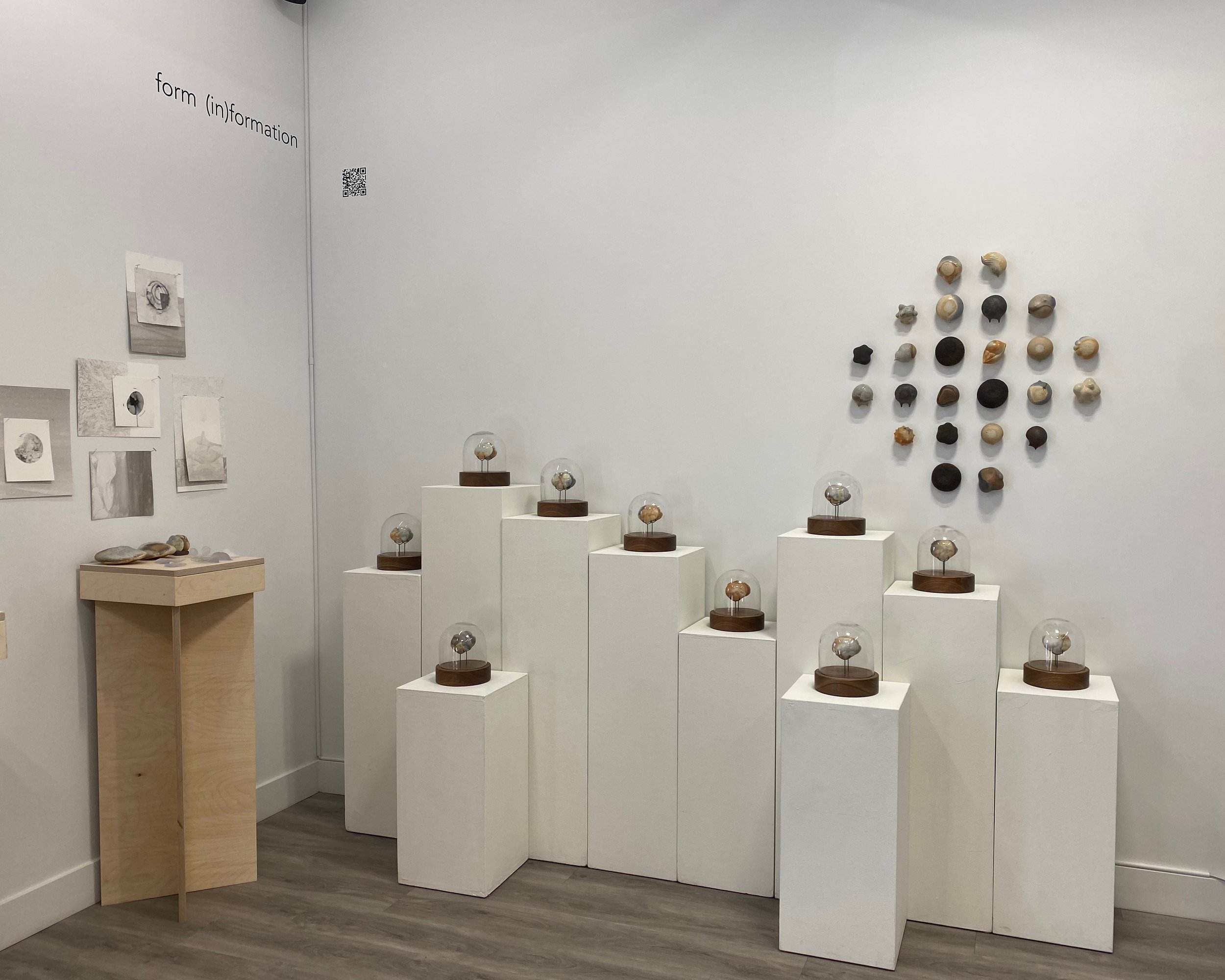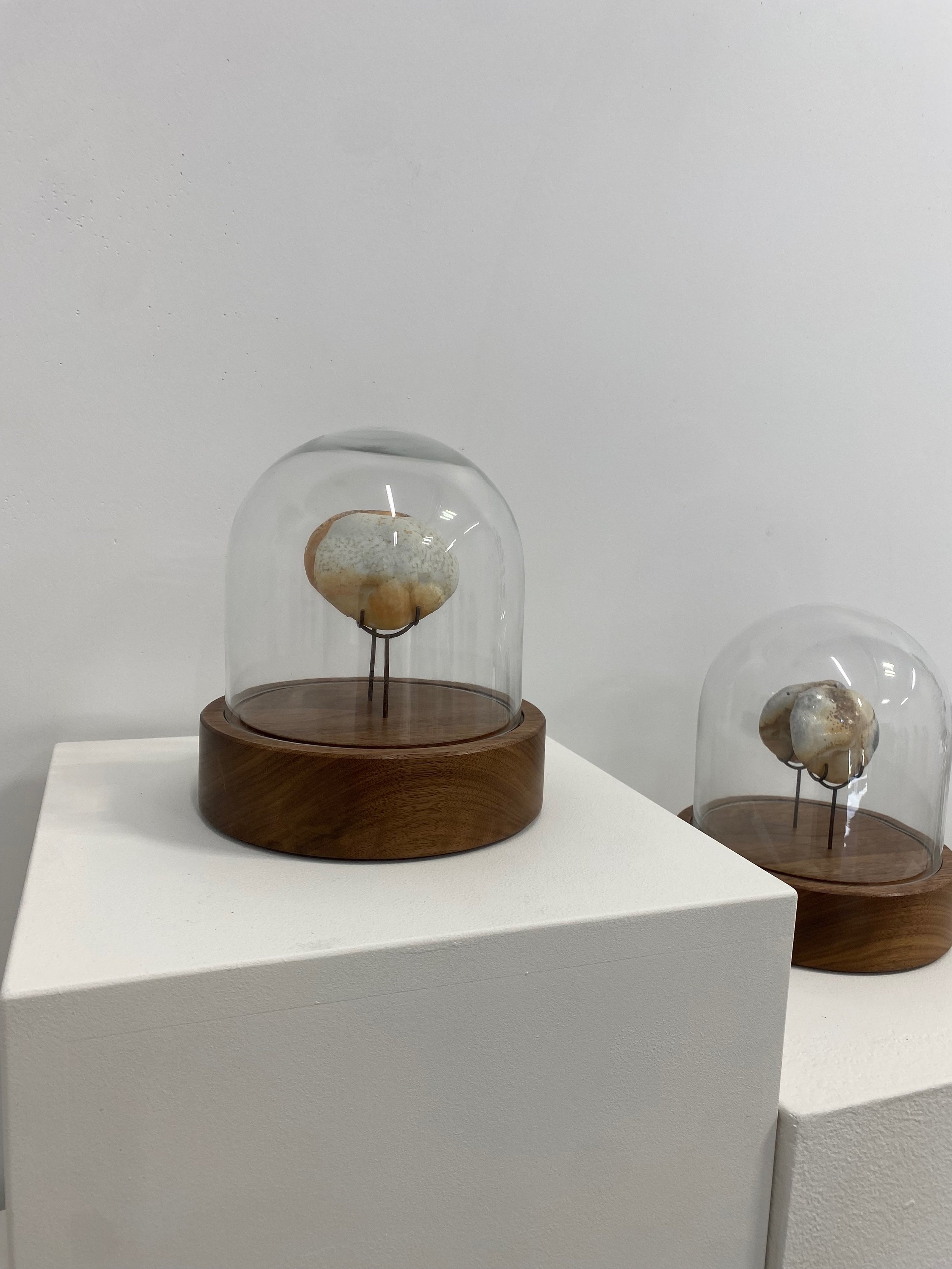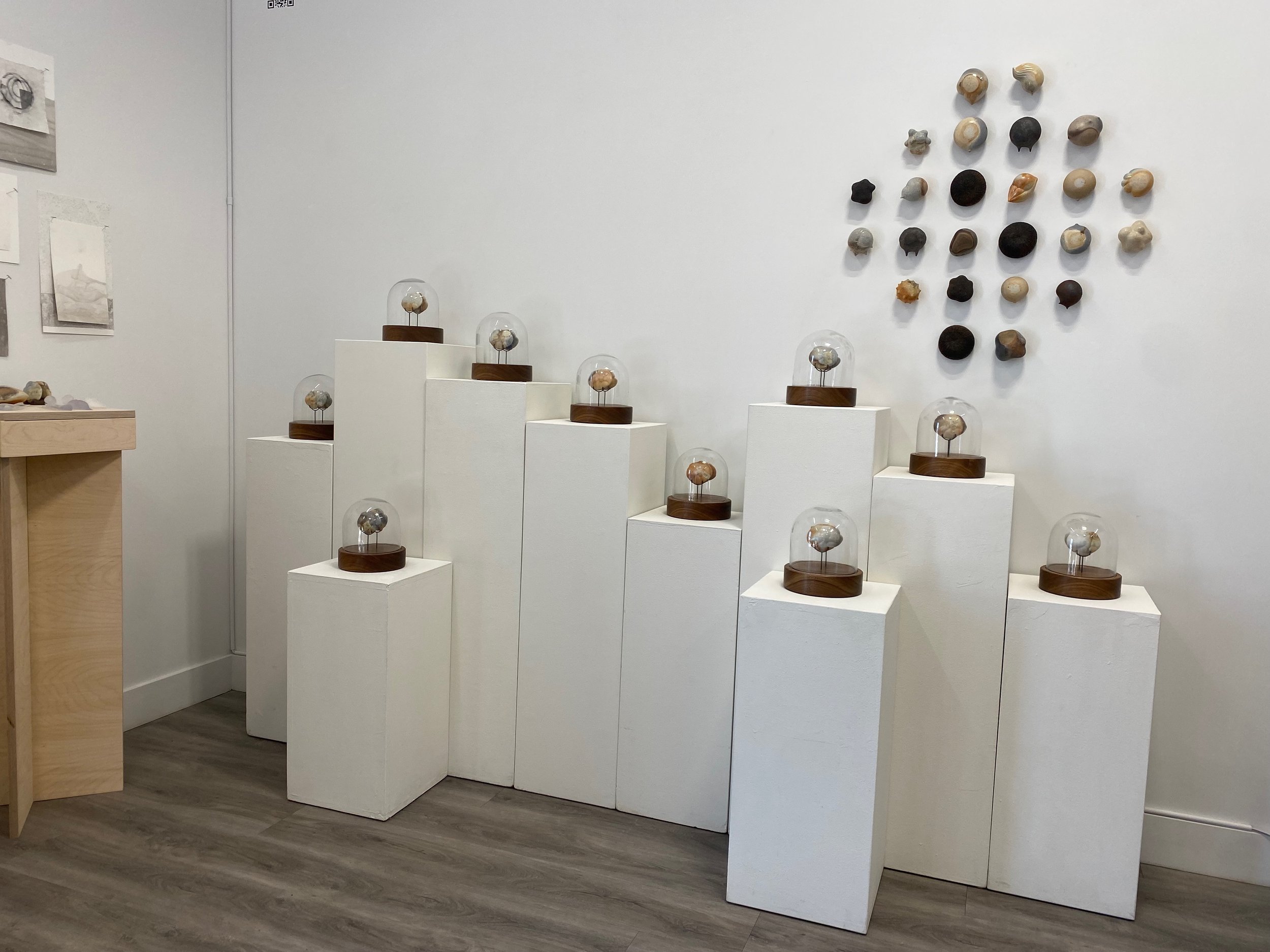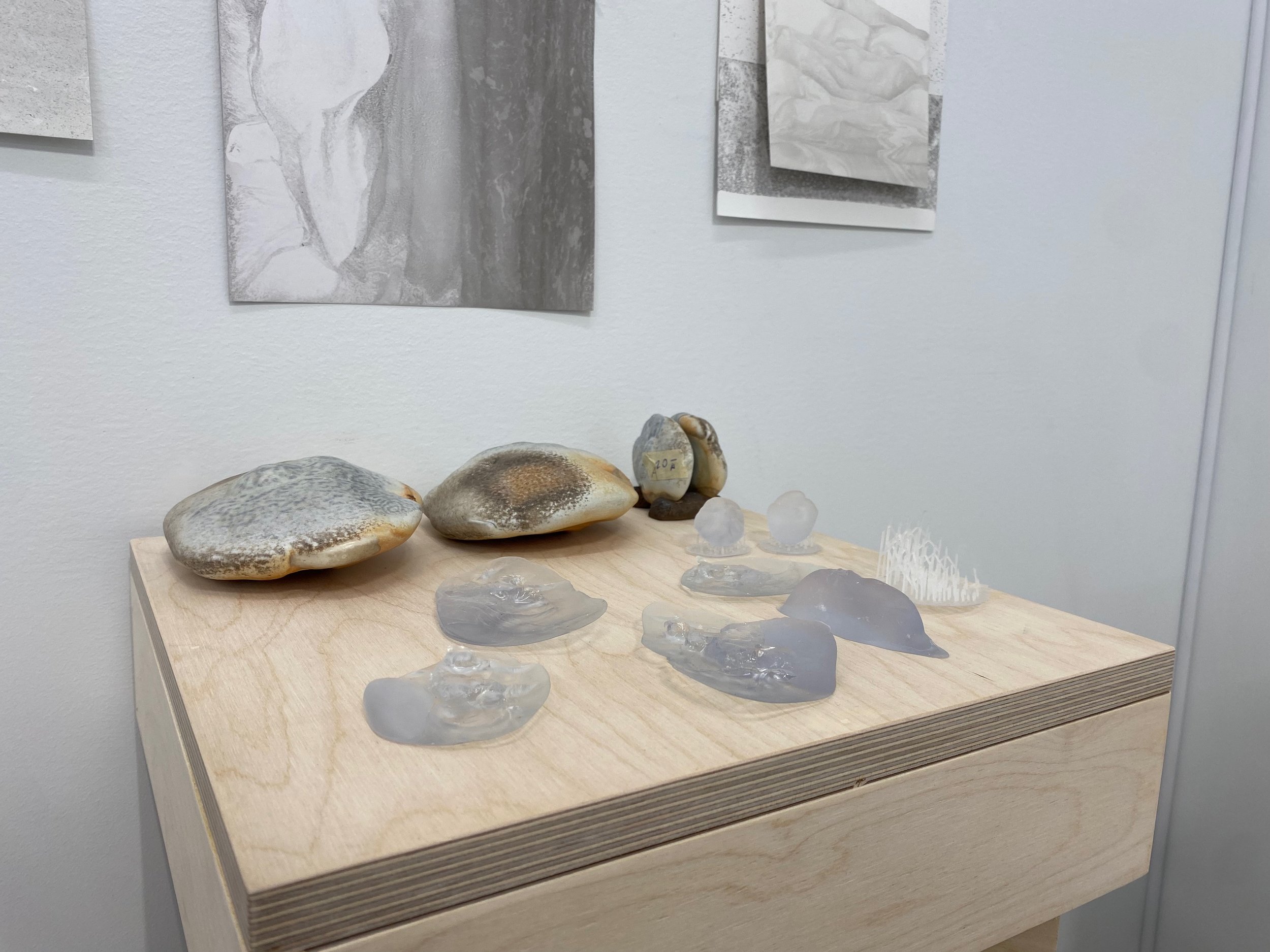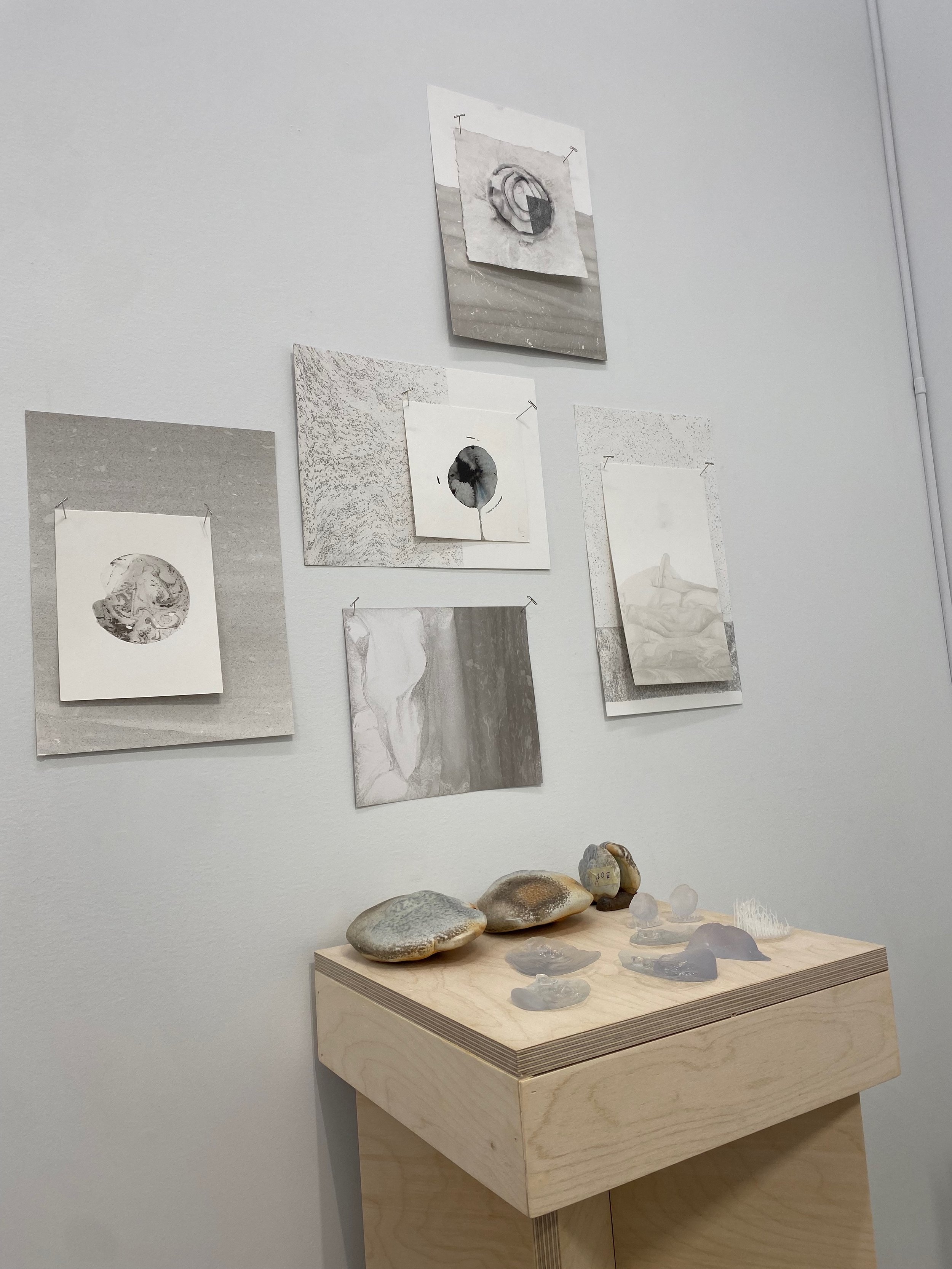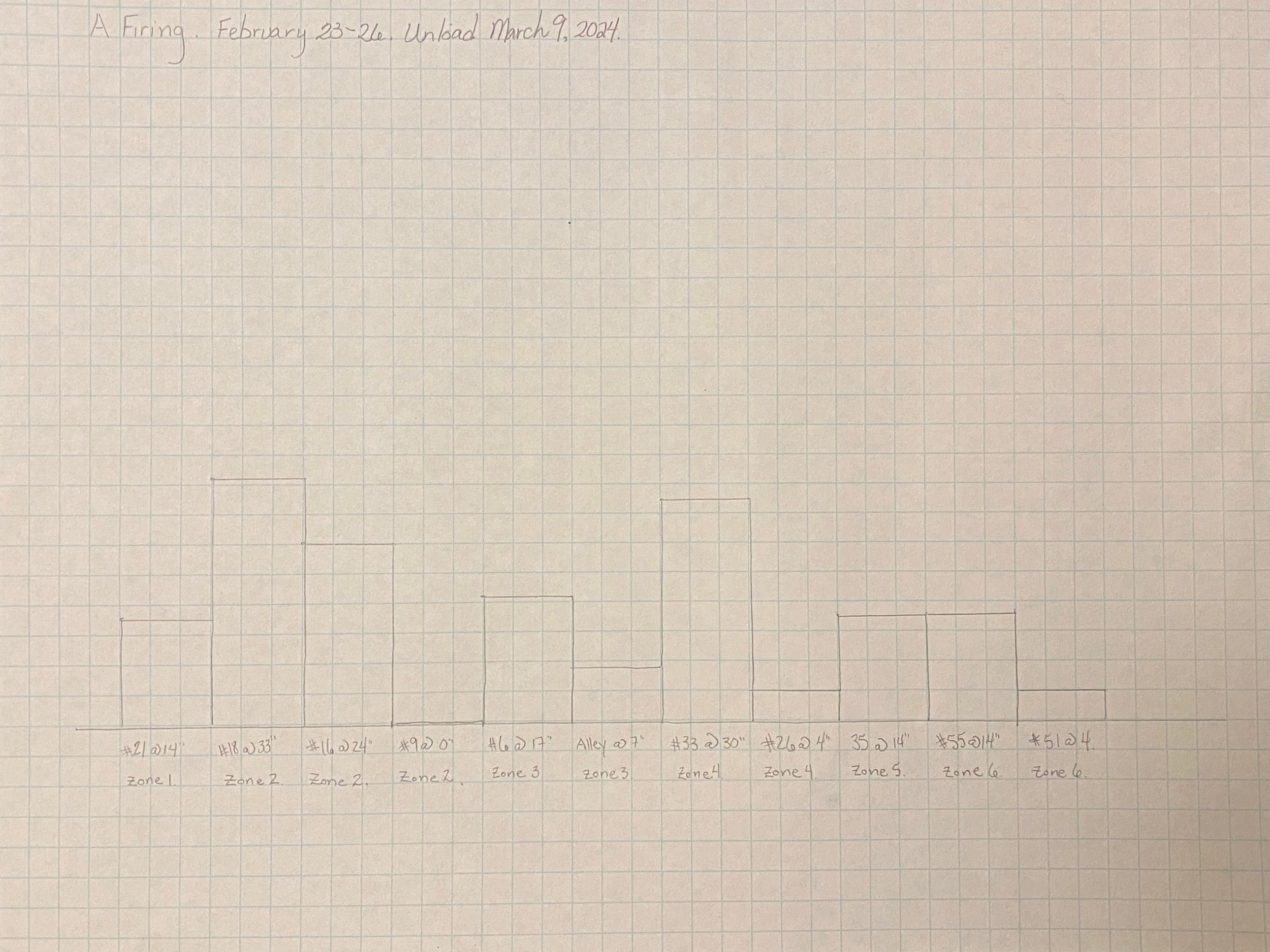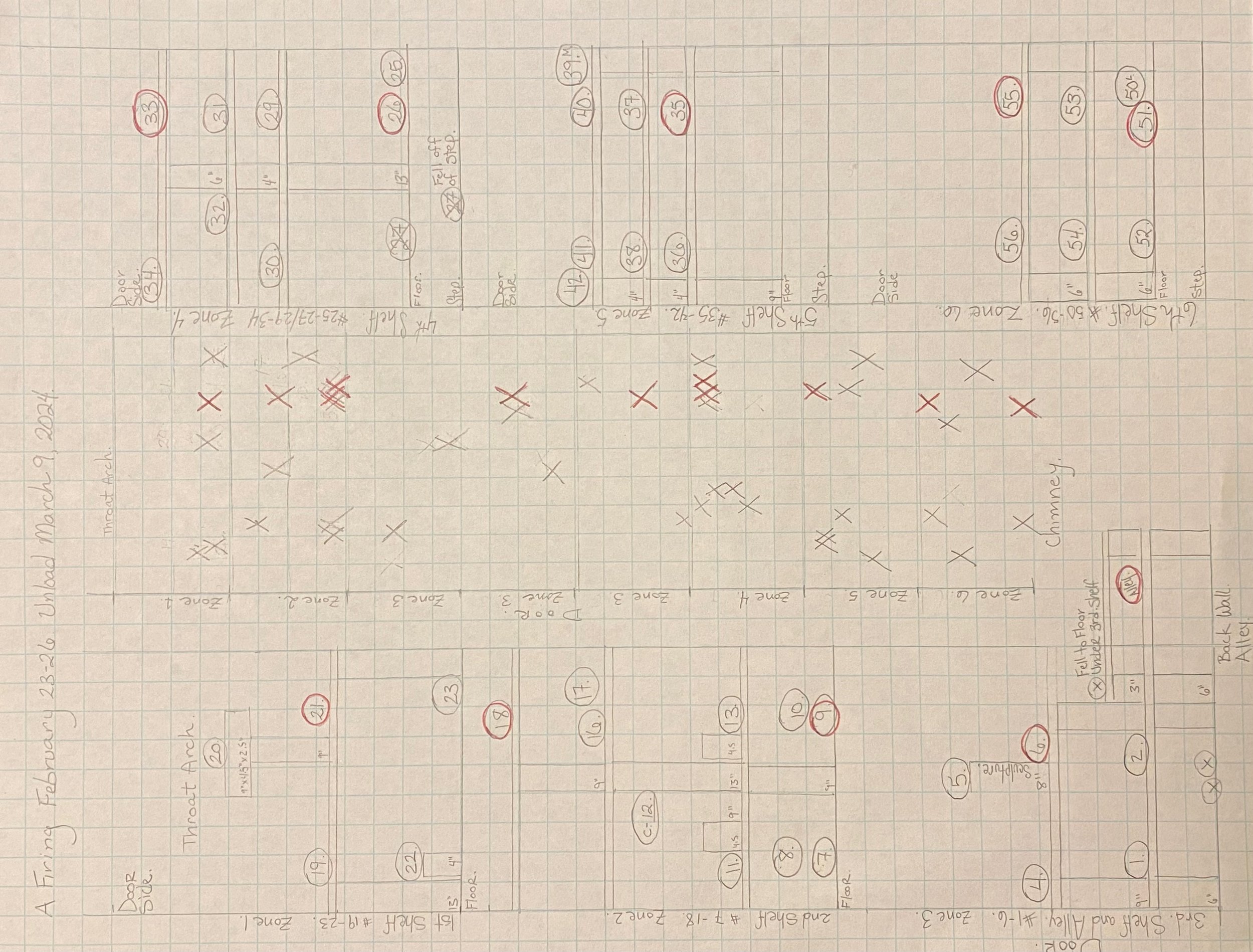Otolith Project
Otolith grew out of a collaboration with the Plankton Ecology Lab at Hatfield Marine Science Center in Newport, Oregon. In August 2023, I sailed on the oceanographic research vessel R/V Sally Ride with a team of scientists studying the planktonic portion of the marine food web. I joined the team on this 2-week journey to better understand the complex relationship between art and science. This work examines the area where these two modes of thought overlap, raising the question of how permeable the boundary between them is.
Out at sea, samples of larval fishes and their zooplankton prey were imaged, collected, and preserved. These samples will be studied for many years, providing a wealth of information about the fishes, their diets, and the environmental conditions promoting their growth and survival. Of particular interest to me were the fishes’ otoliths, pairs of tiny ear stones which provide key sensory information to the fish. As the fish grows, these structures grow via the deposition of daily layers, each layer recording the individual fish’s growth and its watery environment like a daily journal.
The ceramic pieces in Otolith are significantly enlarged from their original microscopic size and cast in porcelain. Each pair is then fired in a reduction-cooled wood kiln, where they serve as data points, recording the unique atmospheric conditions at specific locations within the kiln. This process parallels the research at sea, where samples—like the otoliths of fish—are collected to study the environmental conditions affecting marine life. Just as ocean samples reveal environmental insights, the ceramic otoliths record kiln conditions and the relationship between materials and the environment during firing.
